by Andrew Hoffman
Ownership of a classic car defies logic. They are not economical or practical or technologically innovative; nor are they easy to maintain. But what they unquestionably are, is passionate. A classic car promises you that today will be different than yesterday, and in no way will measure up to tomorrow. This is the sensation you feel as you fondle wooden steering wheels, settle into plush seats, and gaze upon sexy lines. Of the dozens of companies and countries that have produced automobiles, none does the classic sports car as well as the British. How did a nation still reeling from the aftermath of a world war—whose factories were at the time still focused on making planes and tanks—create such iconic vehicles? The classic British car represents a singular moment of space and time that you can experience over and over if you are lucky enough to own one.
Their Origins
At the end of World War II, the United States possessed an intact auto industry, the prowess of mass production, and nearly limitless financial resources, so there was a certain expectation of them. Italian automakers such as Ferrari were and are to this day, setting the standards for automotive design, however, their astronomical price tags made ownership impossible for most regular drivers. Meanwhile, British classics cultivated a sense of romanticism and individuality, but with more attainable price points. In the United Kingdom, car ownership was not widespread in the late 1940’s, and the roads were not crowded. American GIs witnessed the MG Midget T blowing around turns, filling hearts with glee, and soon began exporting them back to the US. The MG Midget T created an identity of rare, special, and fun that would come to define not only British sports cars, but the entire British automotive industry.

Quality and Design
These cars were made in limited numbers when compared to their American counterparts, but what they lacked in innovation and engineering, they more than compensated for with personality and uniquely British design features. So, how could a country known the world over for being proper and procedural create vehicles with such unbridled passion for speed and motorsport? If it is not the sleek lines and long fenders and commanding grill of a Rolls-Royce, it’s the sinister stance of a Jaguar or the heart-stopping grill and bug-eye headlights of the Austin-Healey that’ll get you. The British sports car represents freedom, danger, originality…and not taking what you are given. It is a unique and special universe that is anchored by a web of specialized mechanics and dedicated service professionals who double as curators of the coolest museum you’ve ever heard of, as well as tour guides for all the things you want to see. If you’re looking to modify your car, regardless of its age, make, or model, then seek out the help of aftermarket parts specialists such as All-Fit Automotive, a company that’s mastered the art of automotive styling and modification.
About the Author
Andrew Hoffman is a freelance writer and journalist from Los Angeles, CA, who has written on behalf of a range of clients including the Livestrong Network and Demand Media. In addition to writing about a range of topics, he enjoys surfing in Santa Monica and going out for long rides in his car with his better-half. You can get in touch with Andrew at: [email protected].

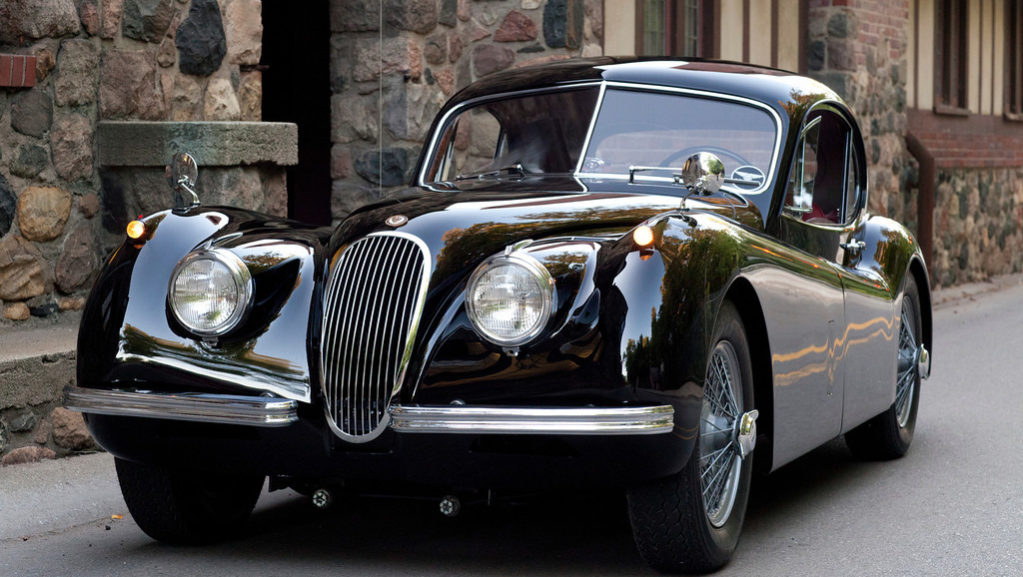



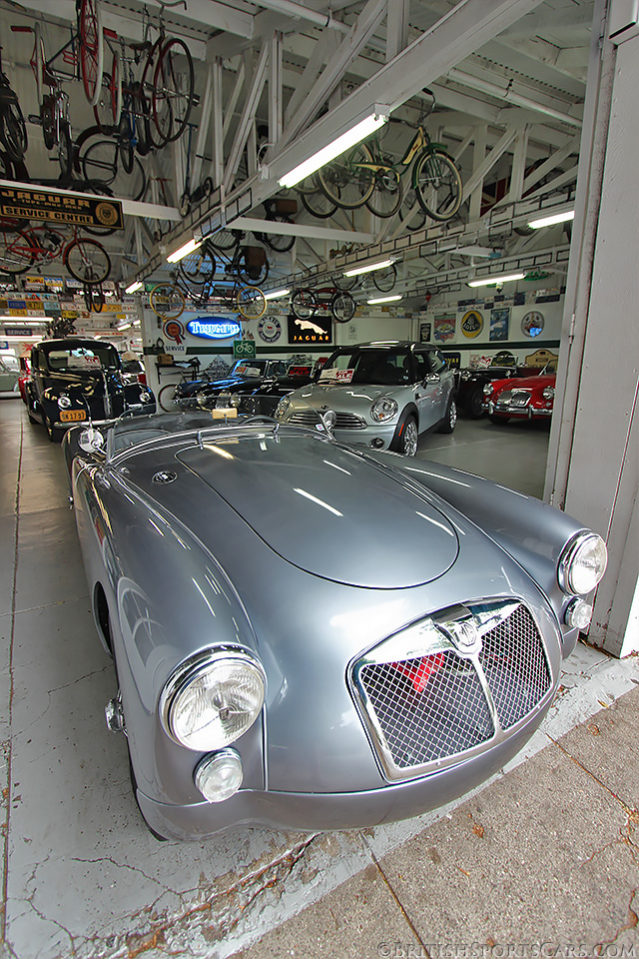




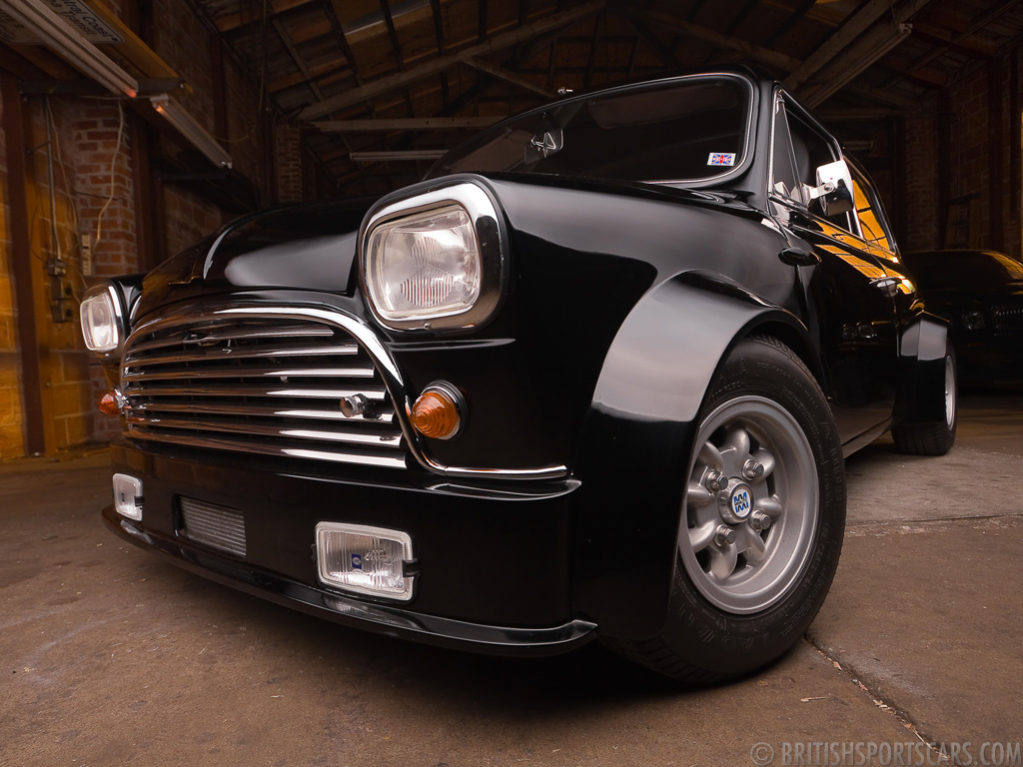

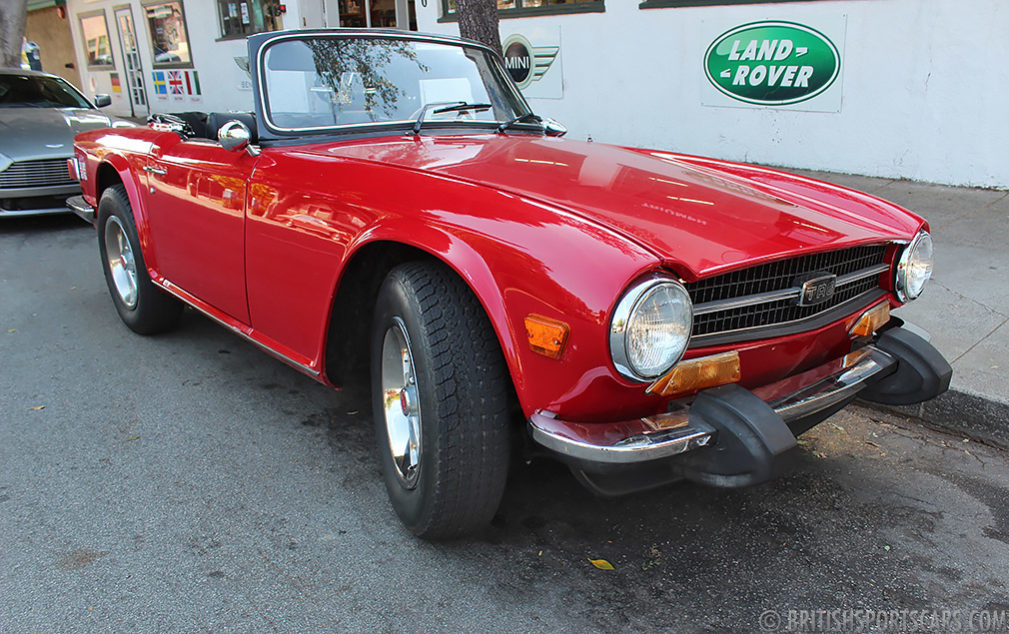
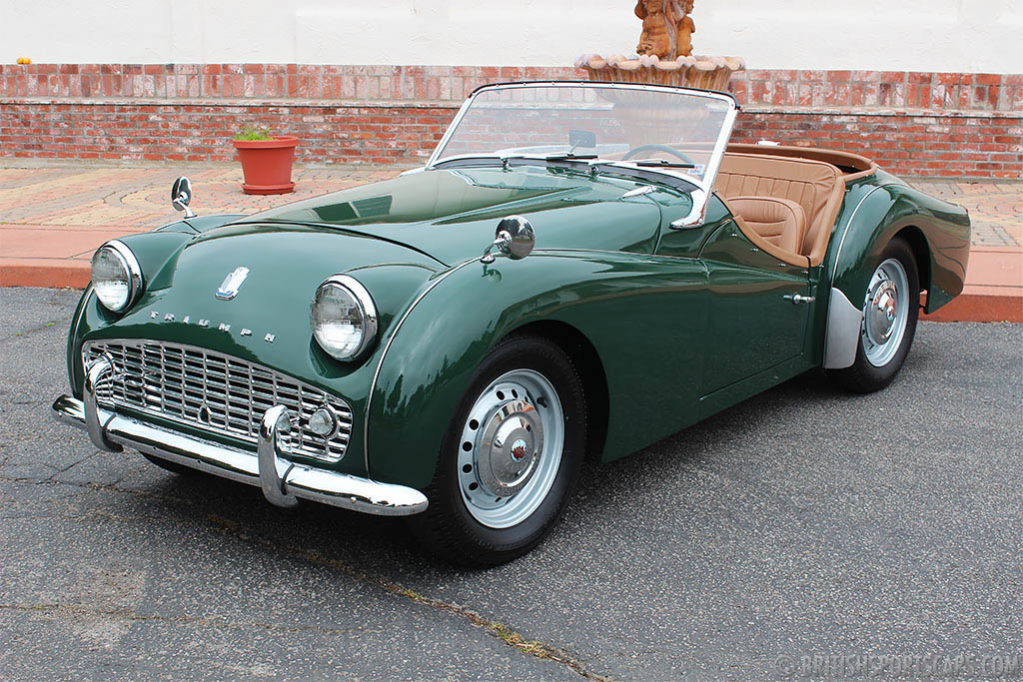
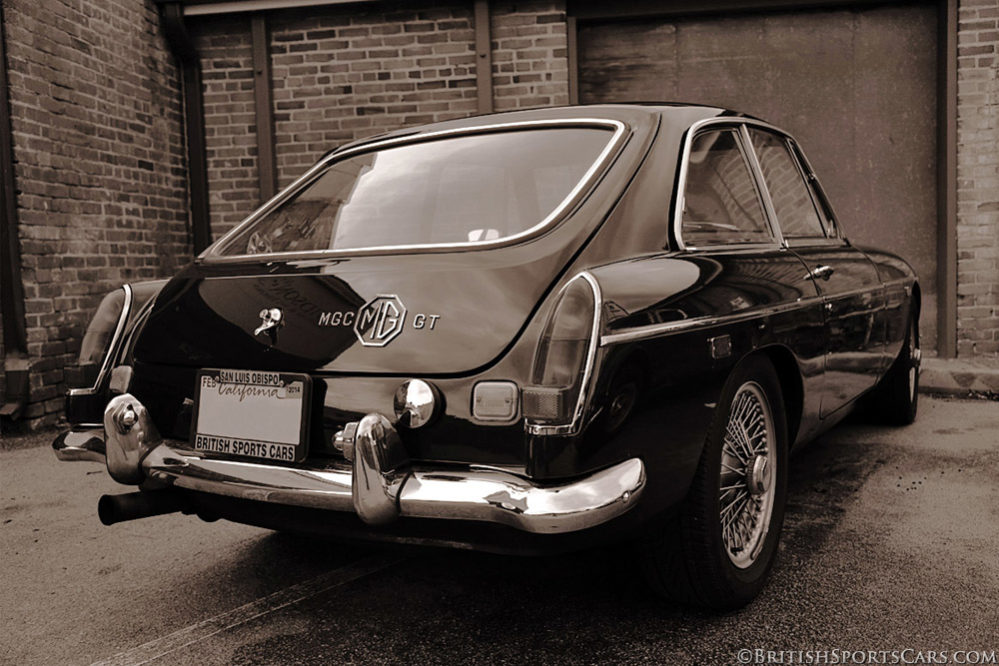

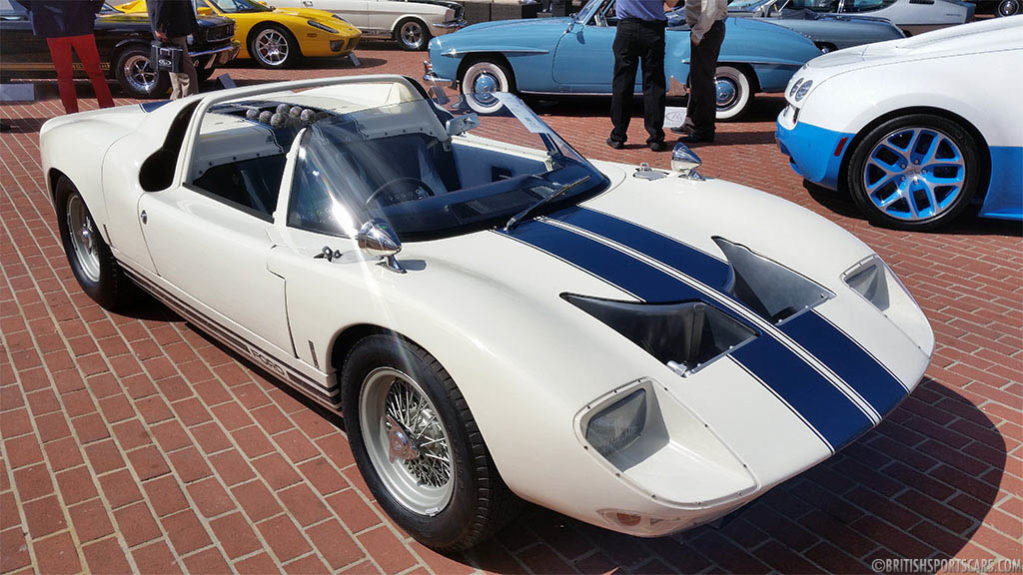
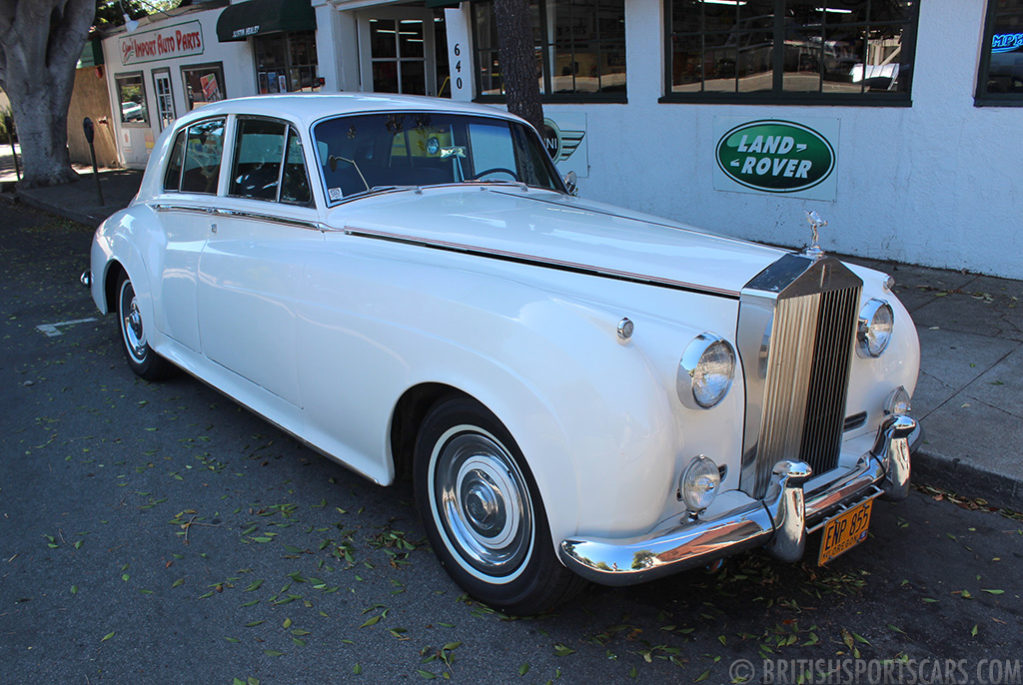
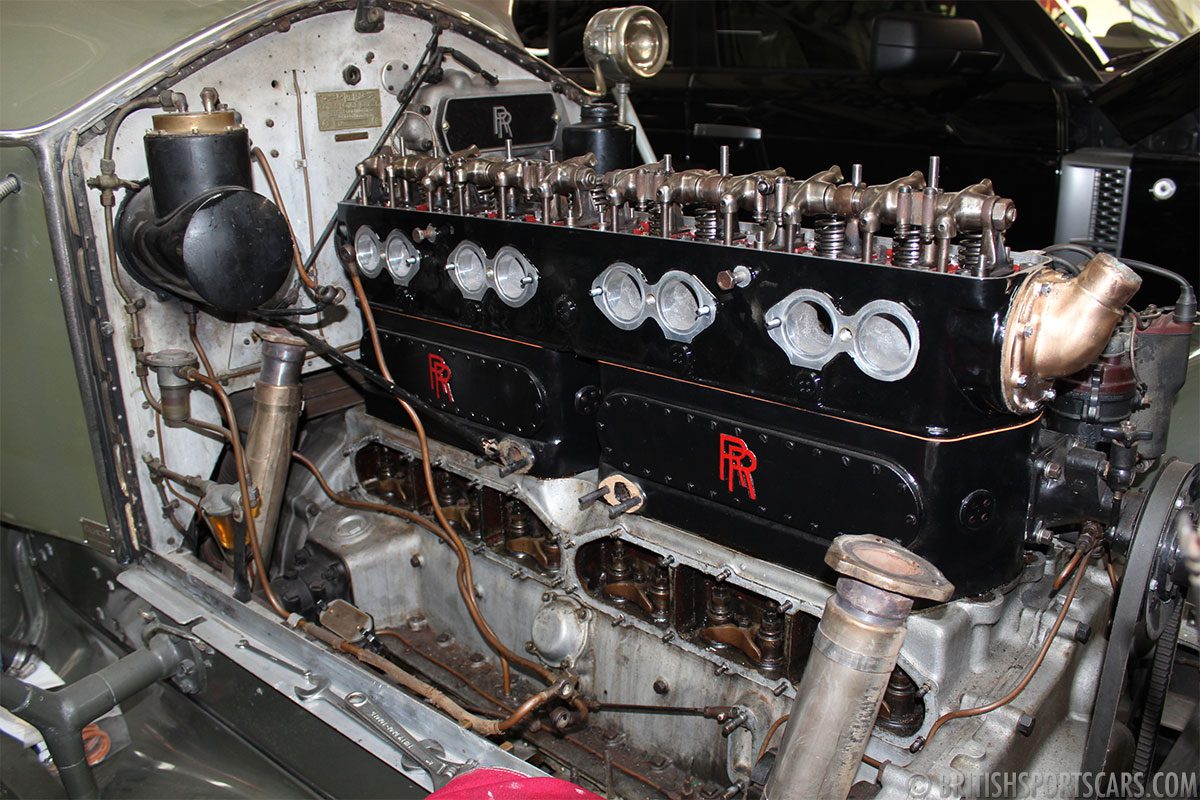

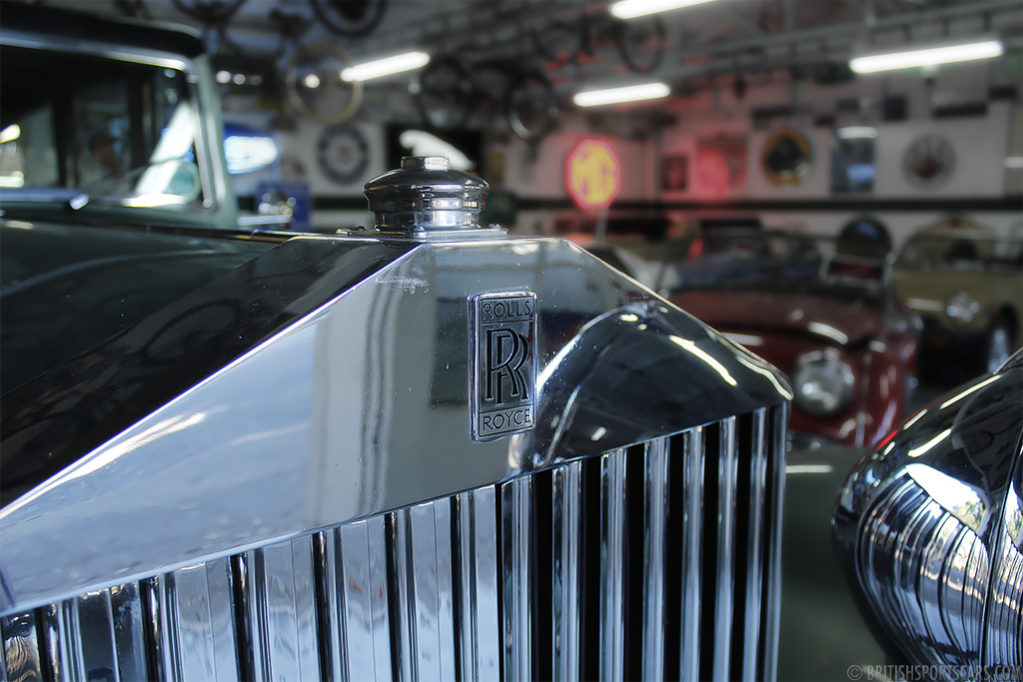
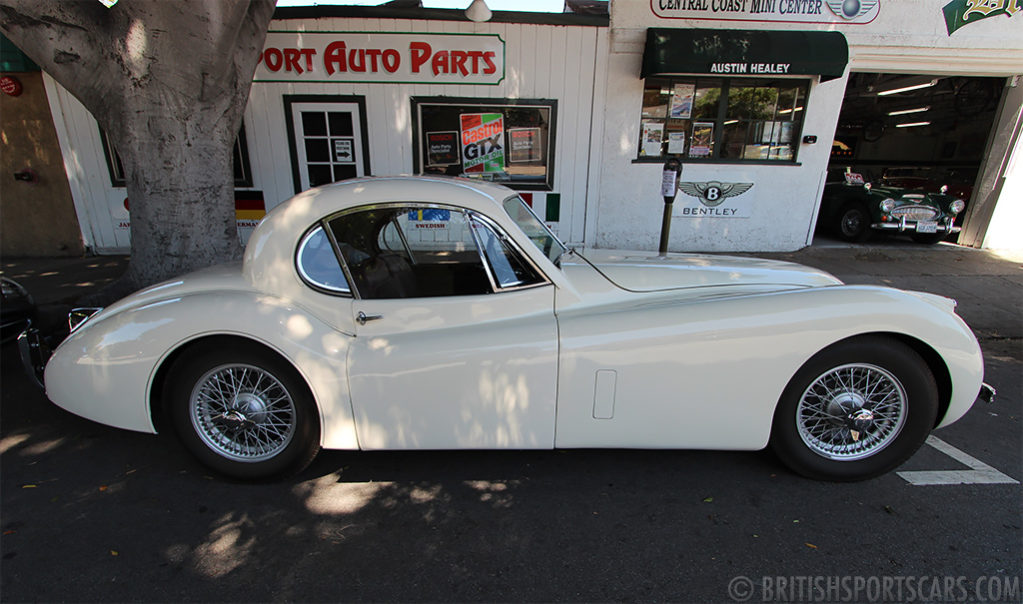
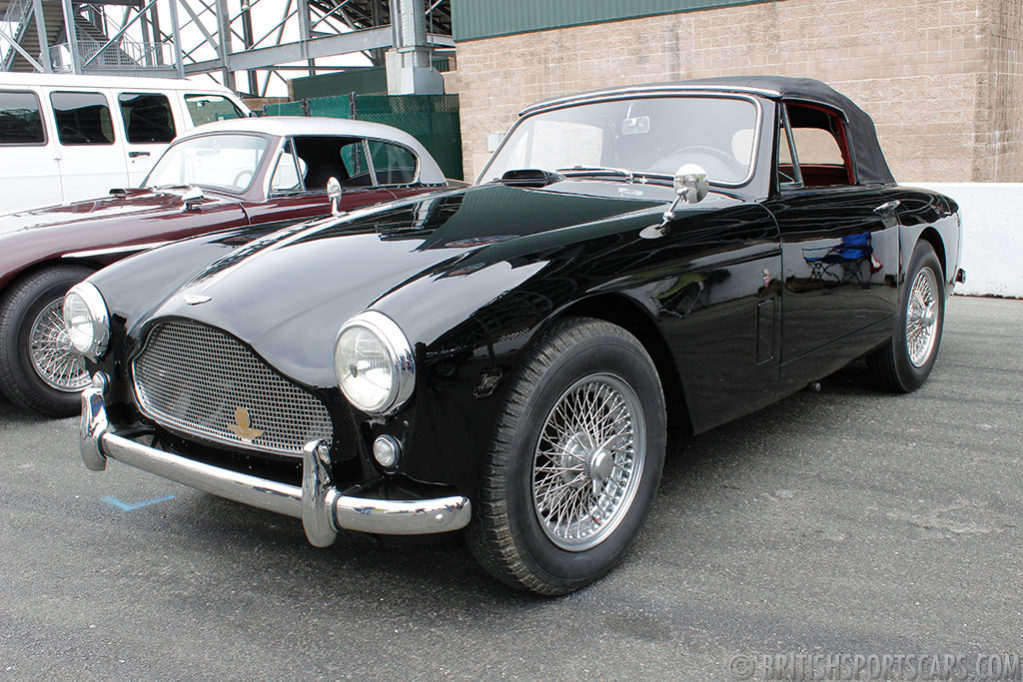
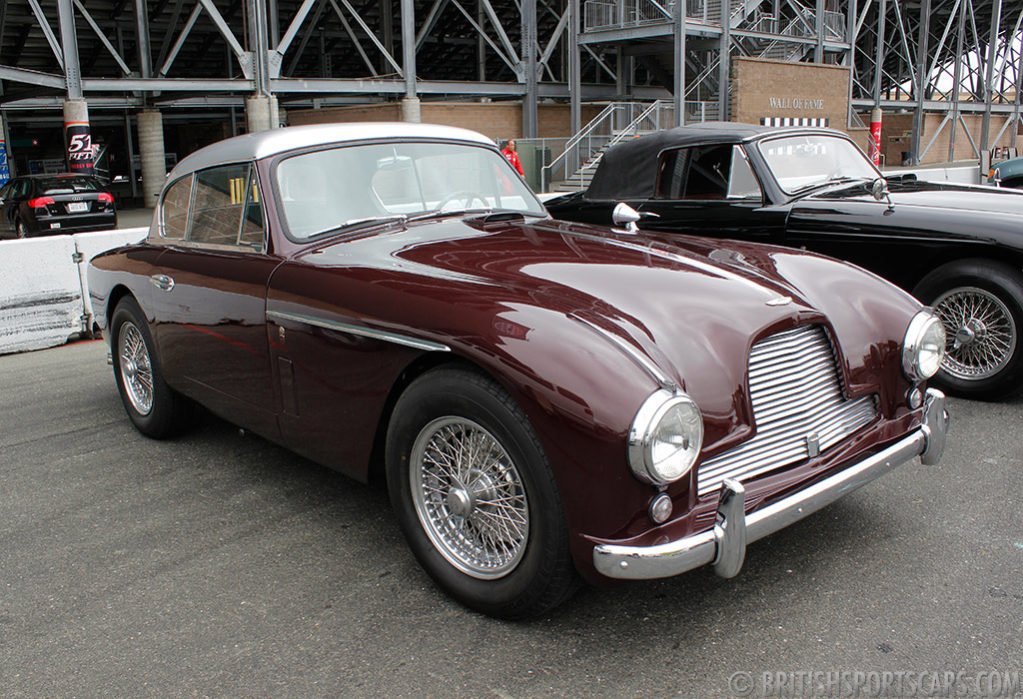
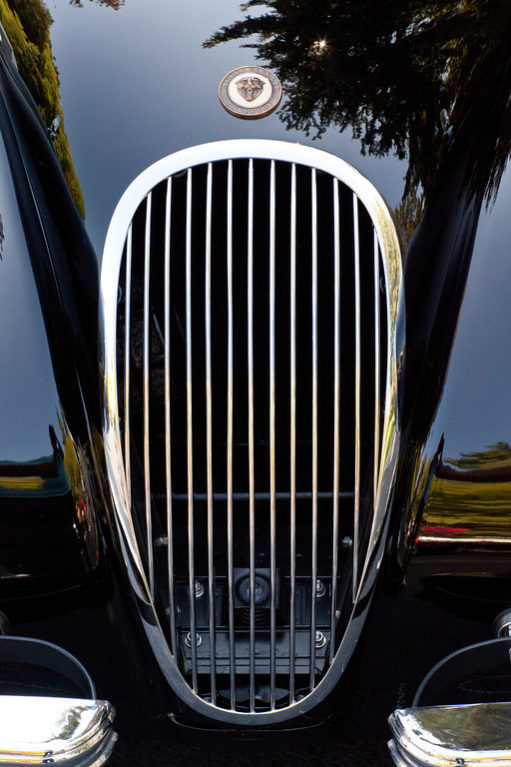
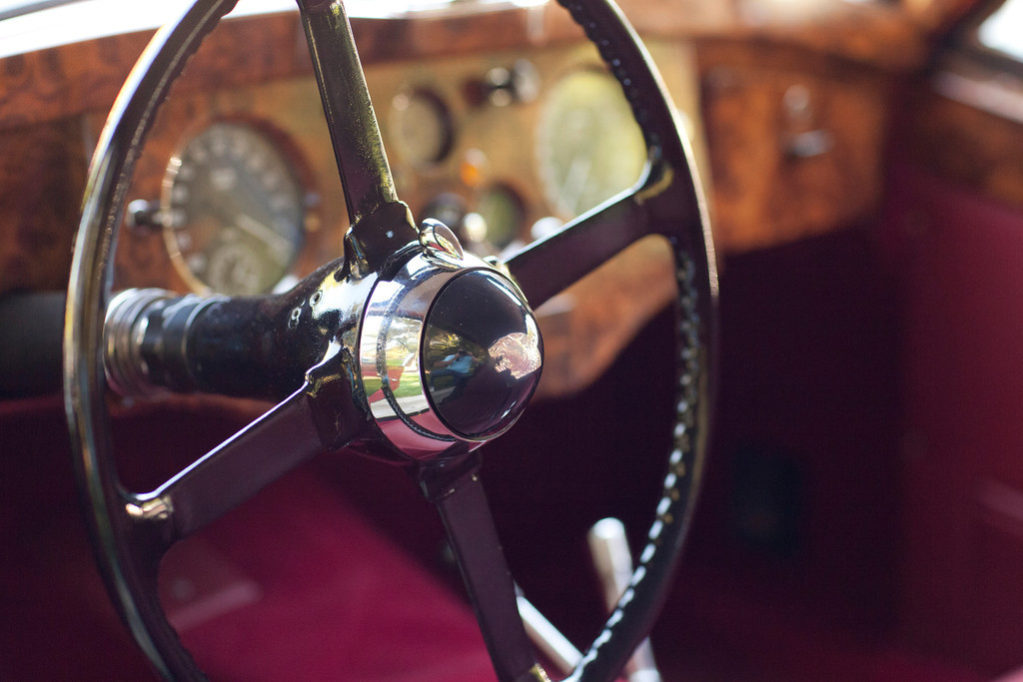
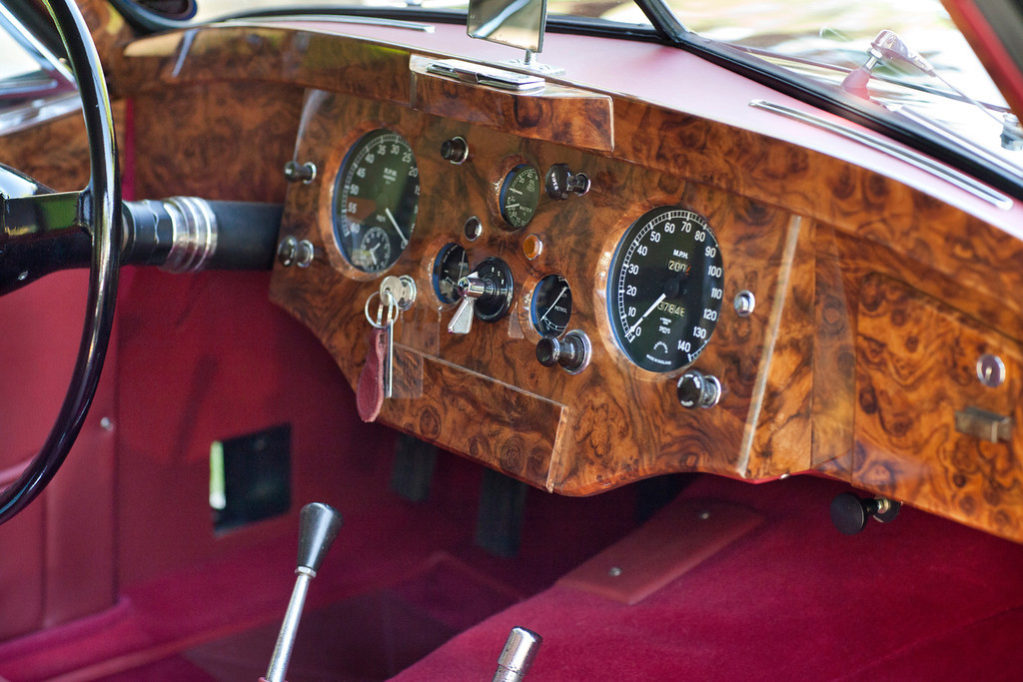

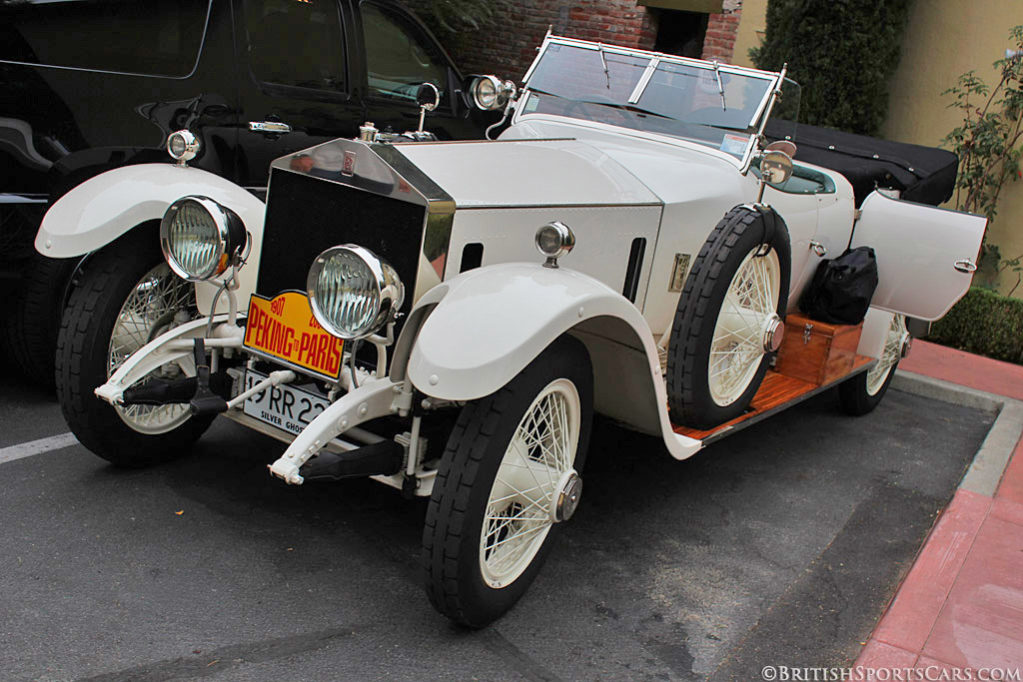
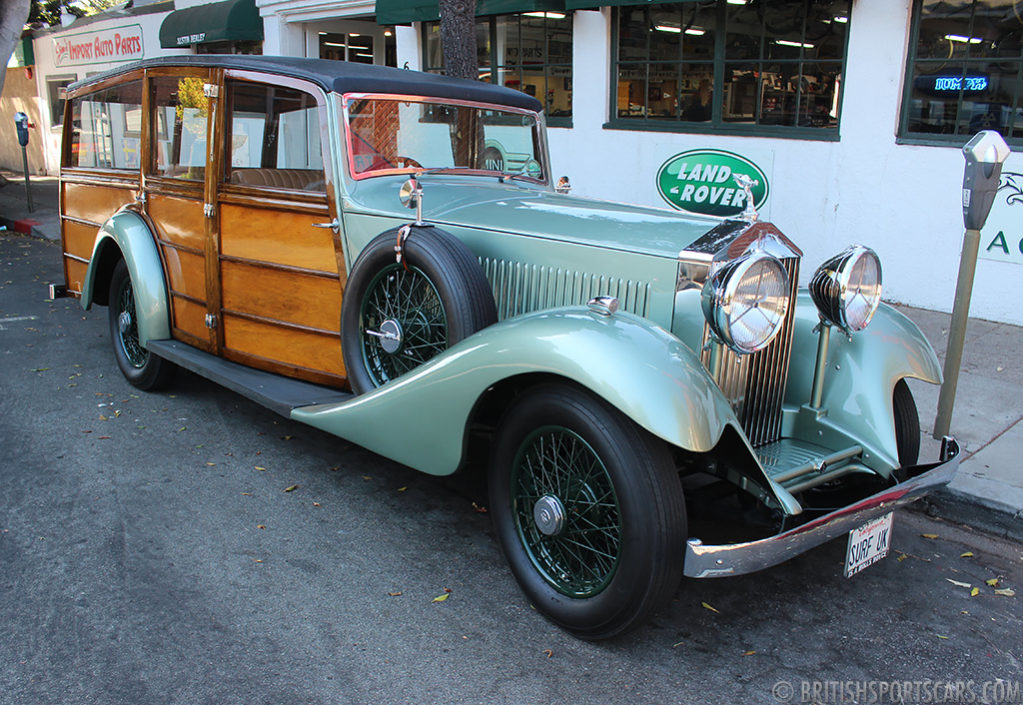


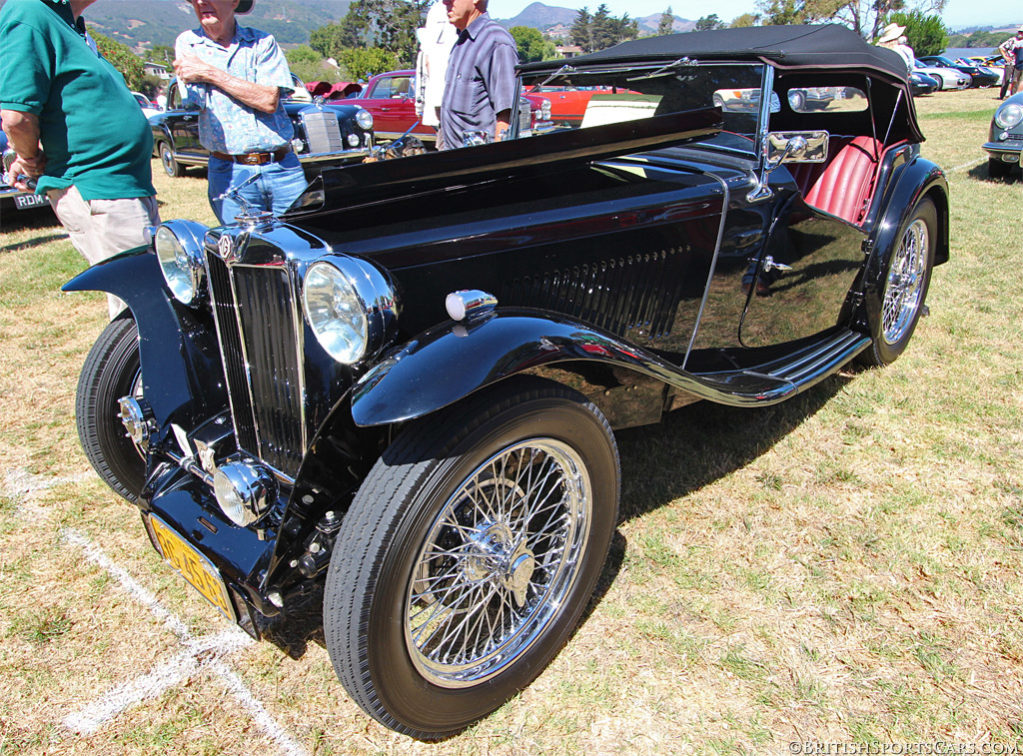
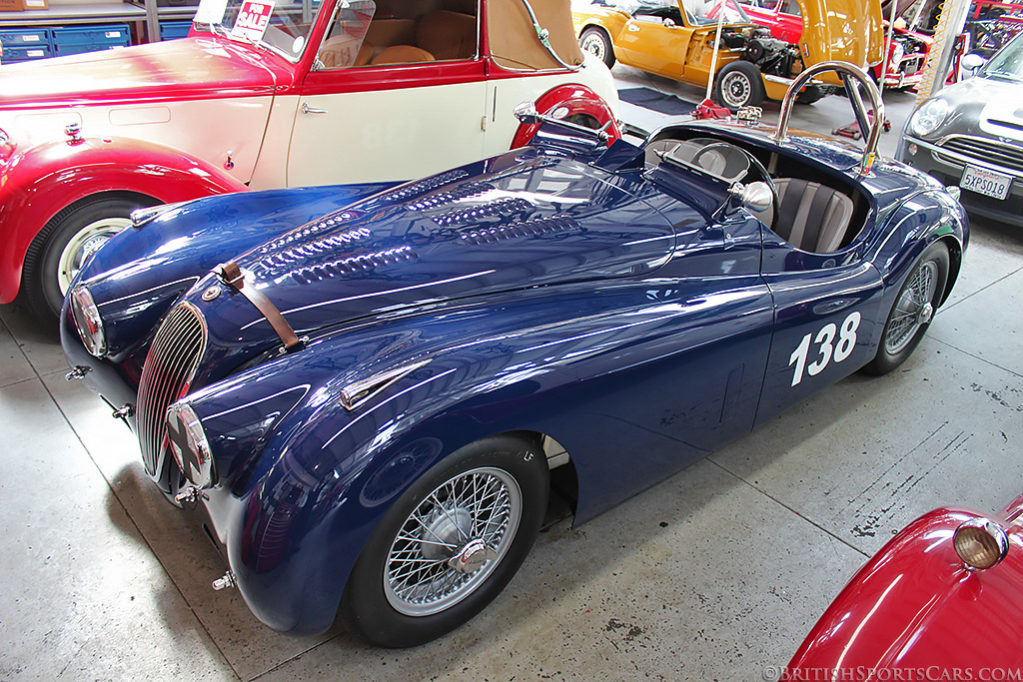
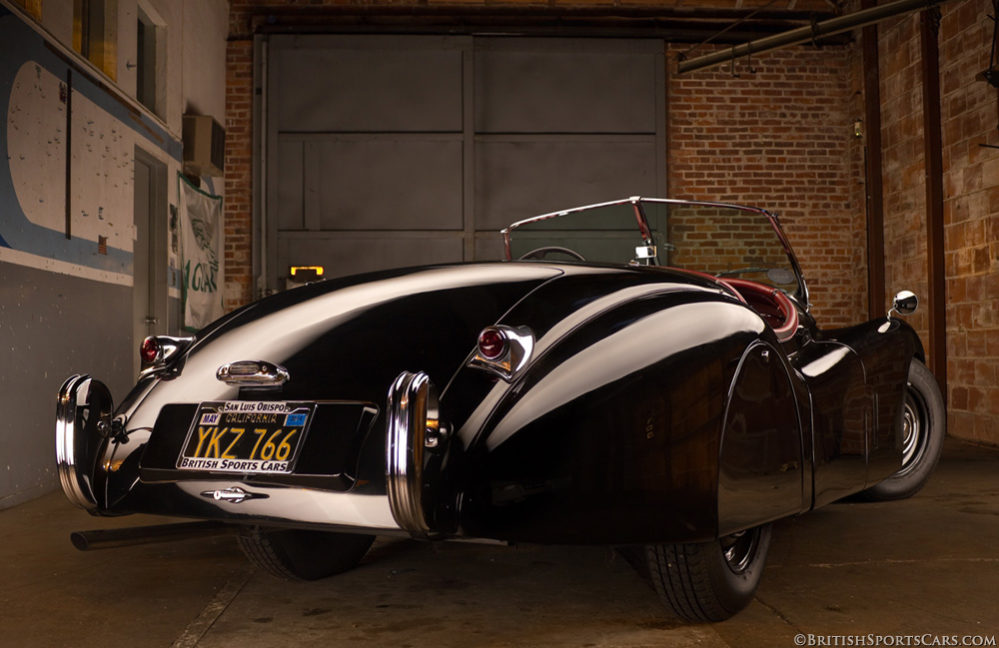
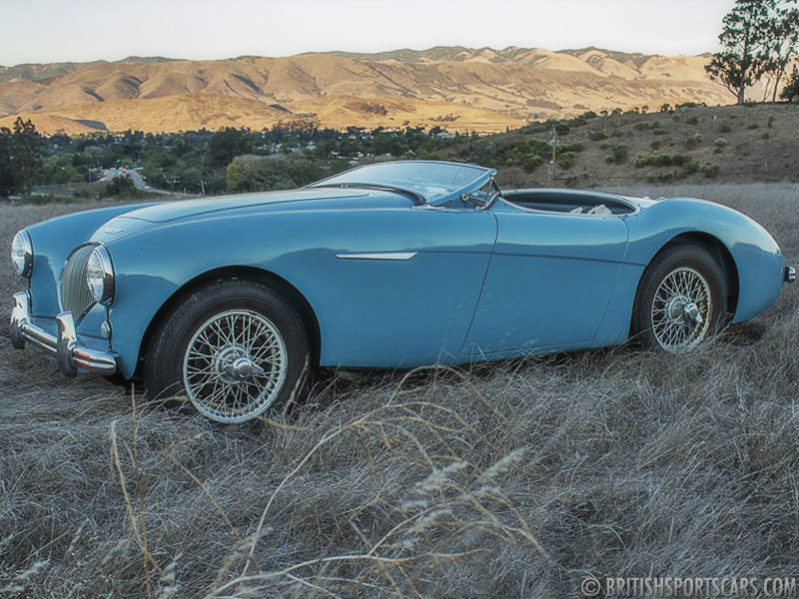

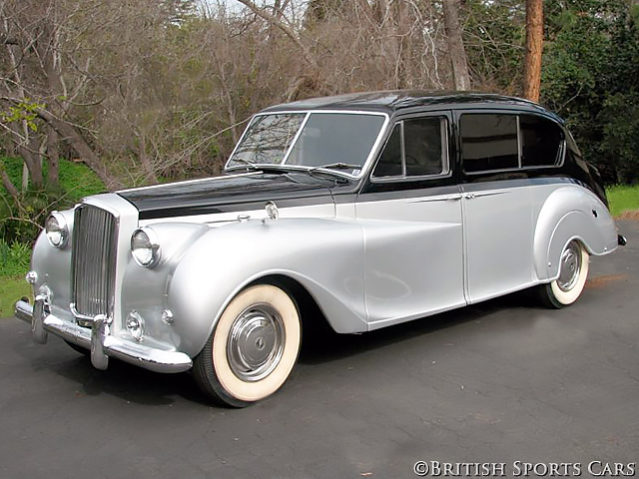

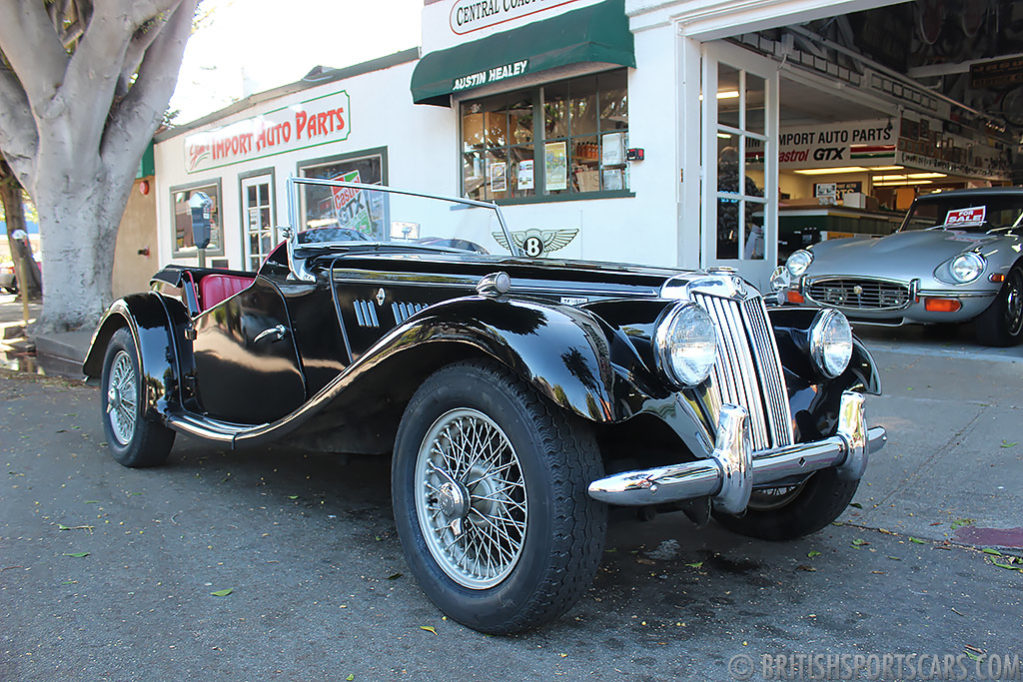

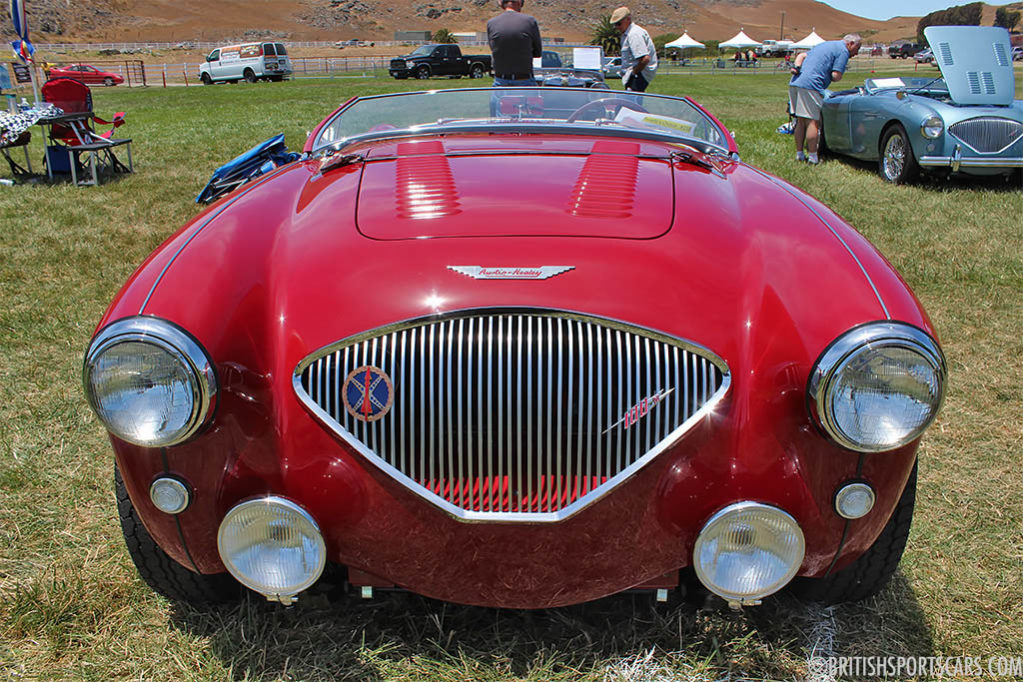

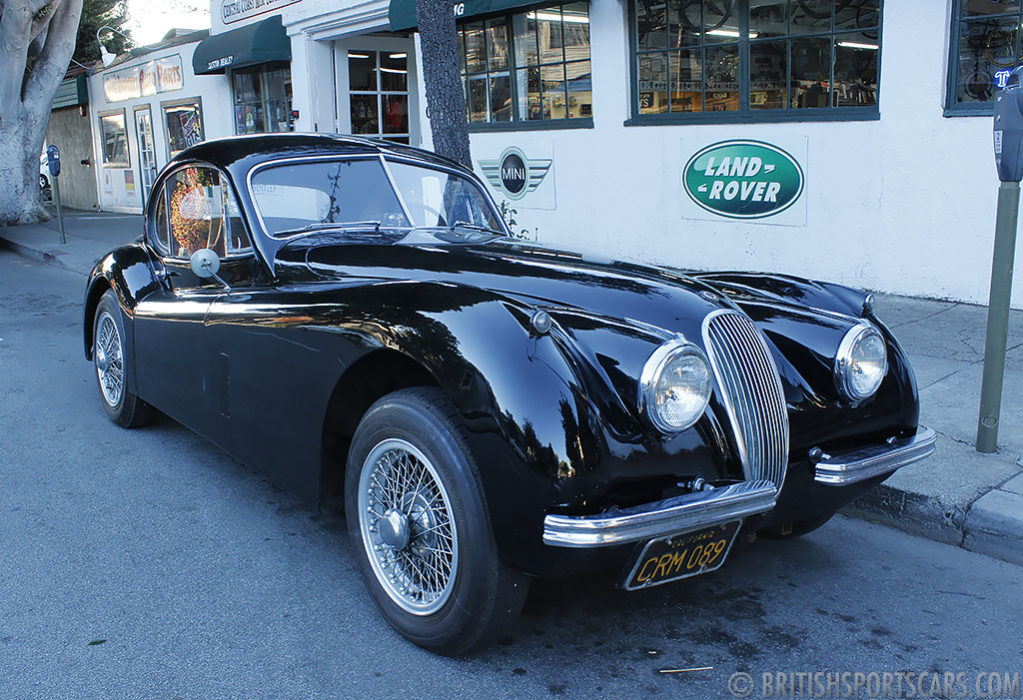
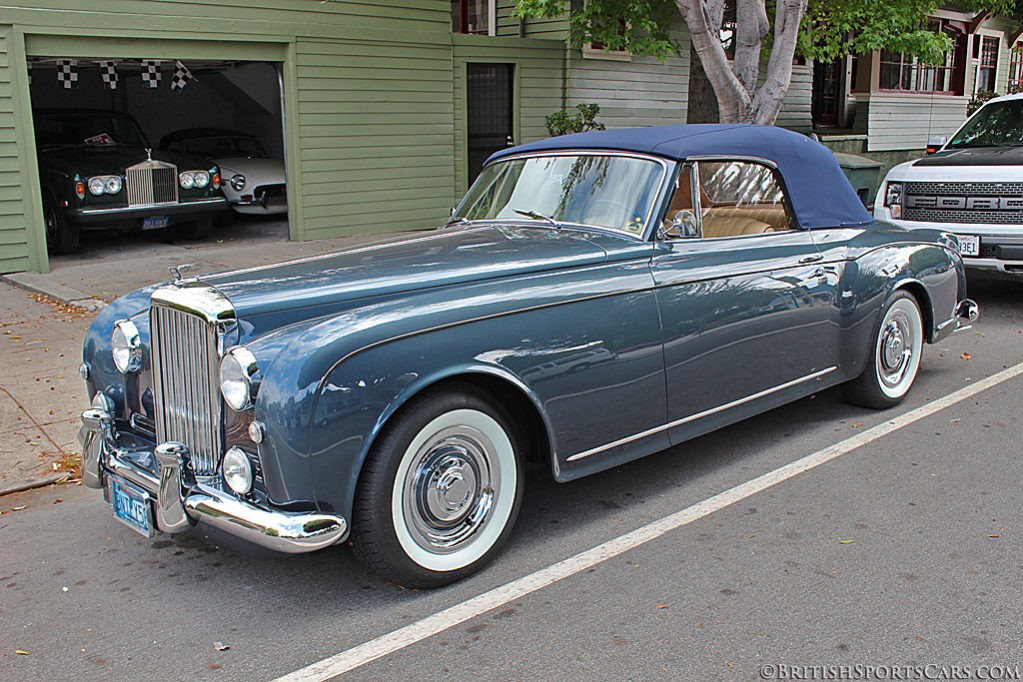
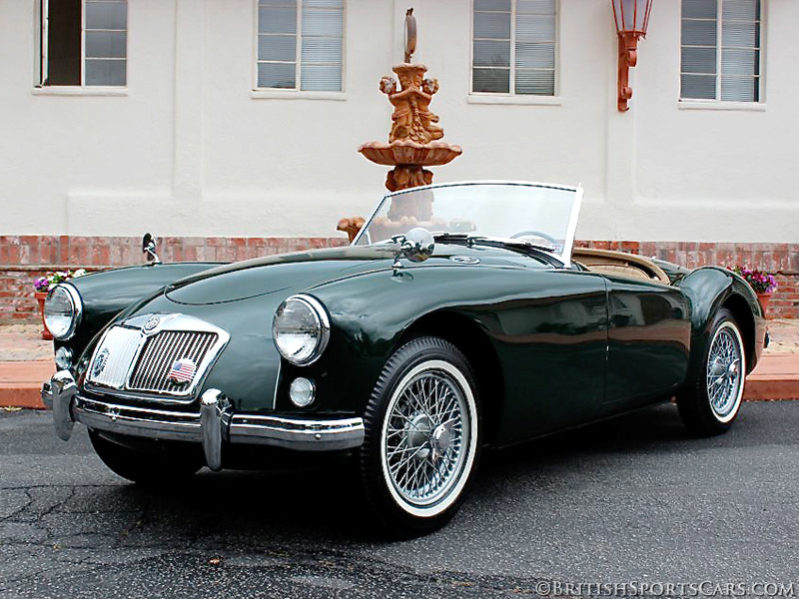
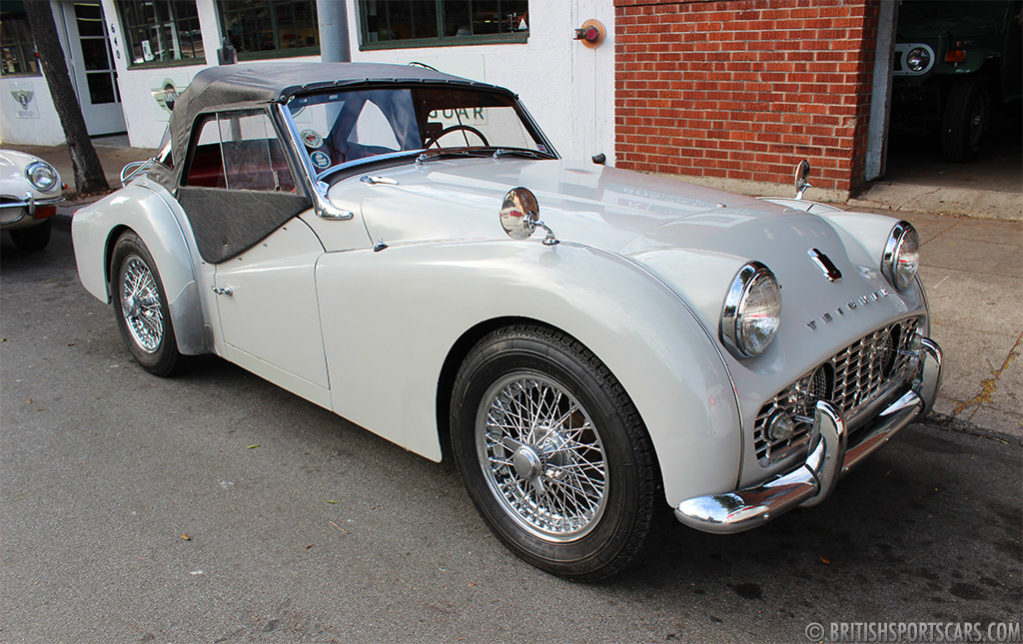
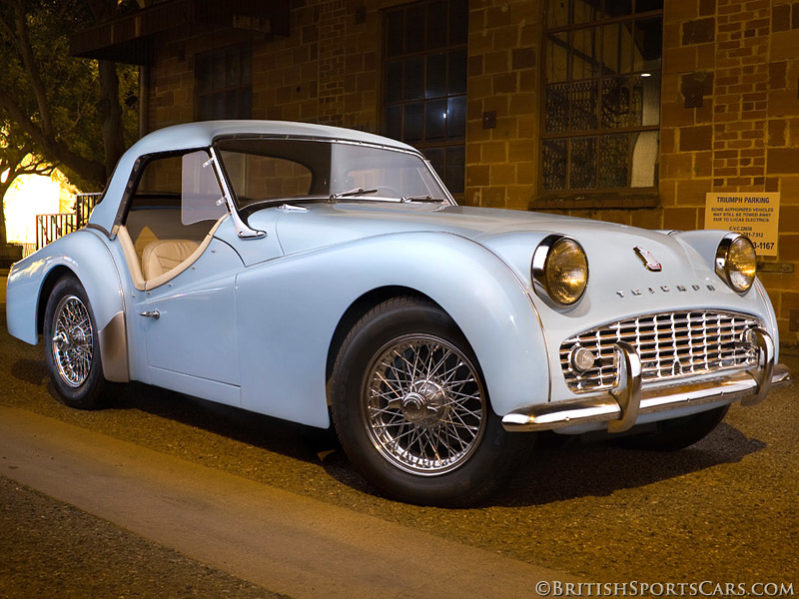
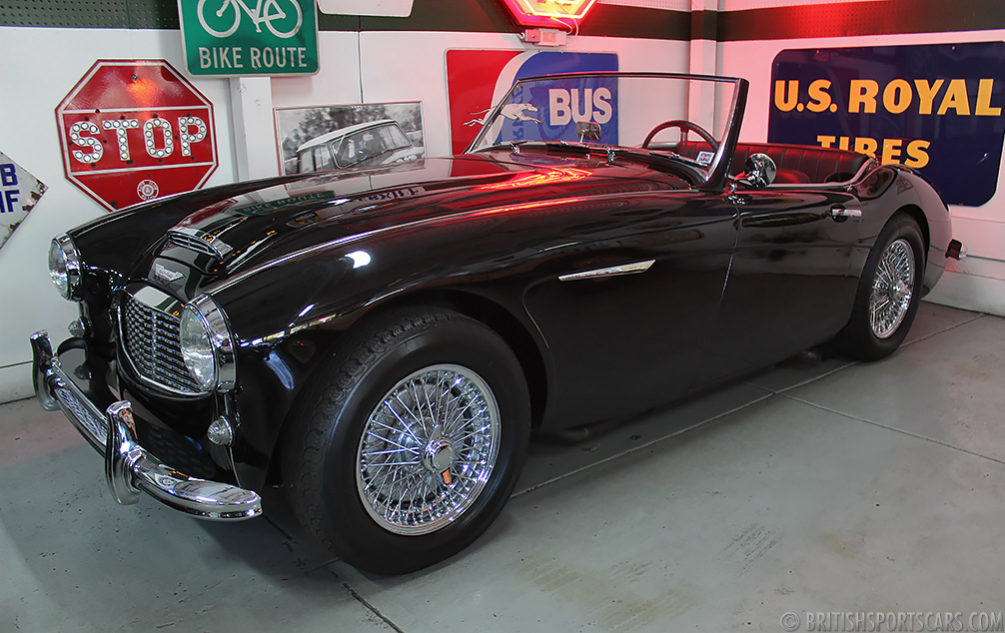
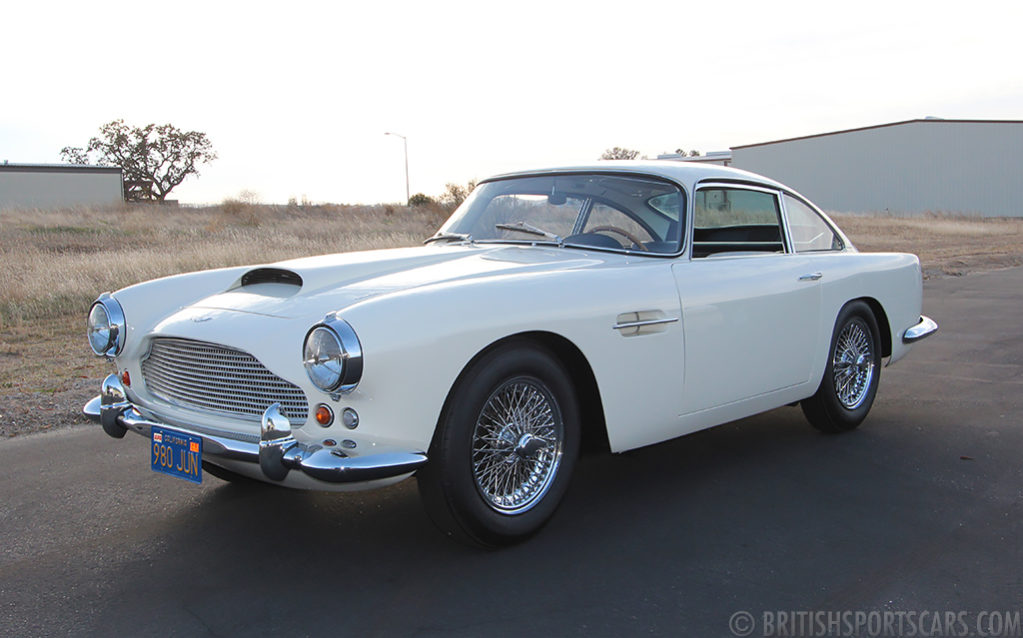
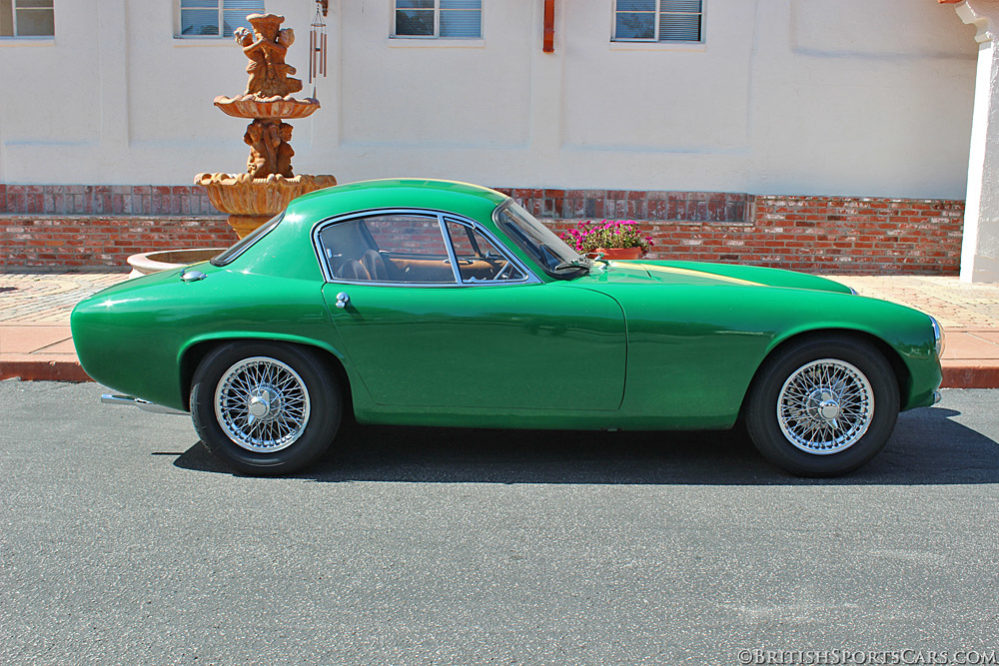

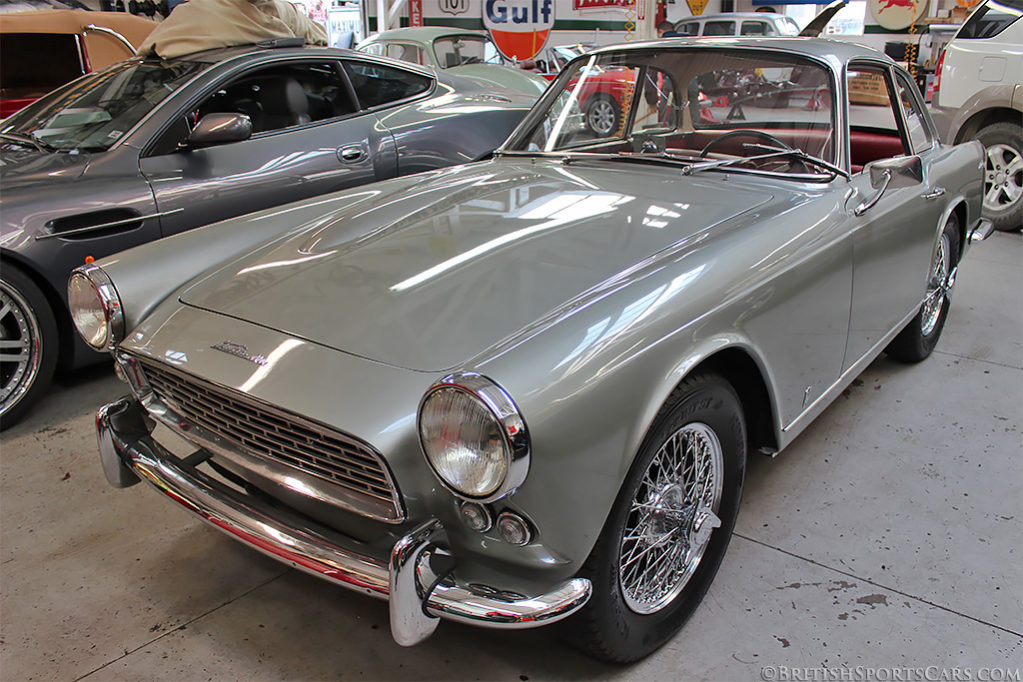
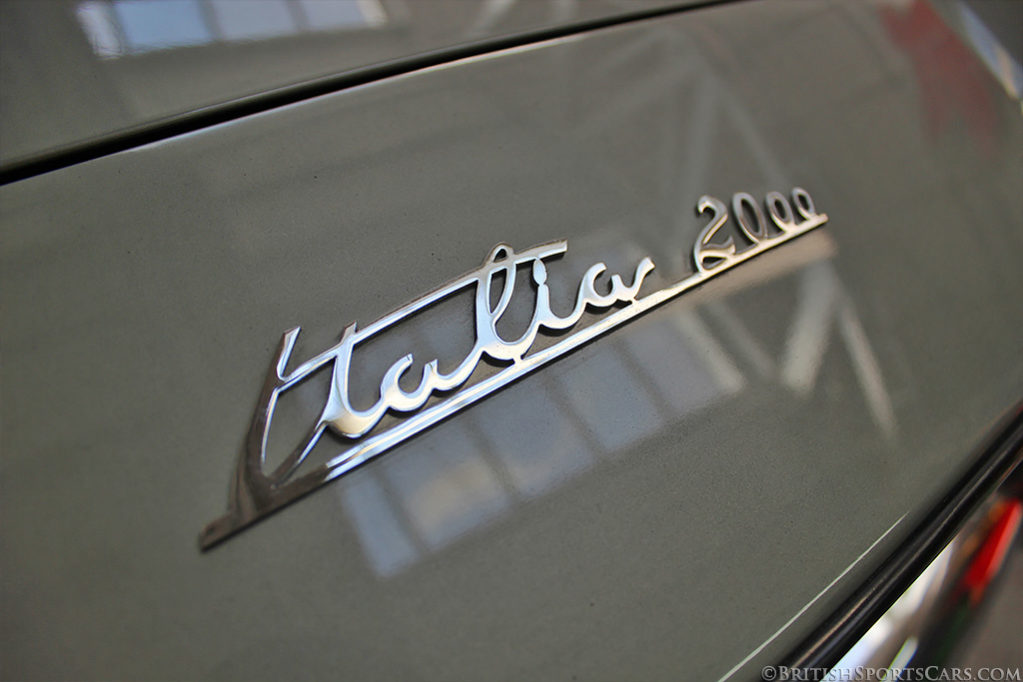
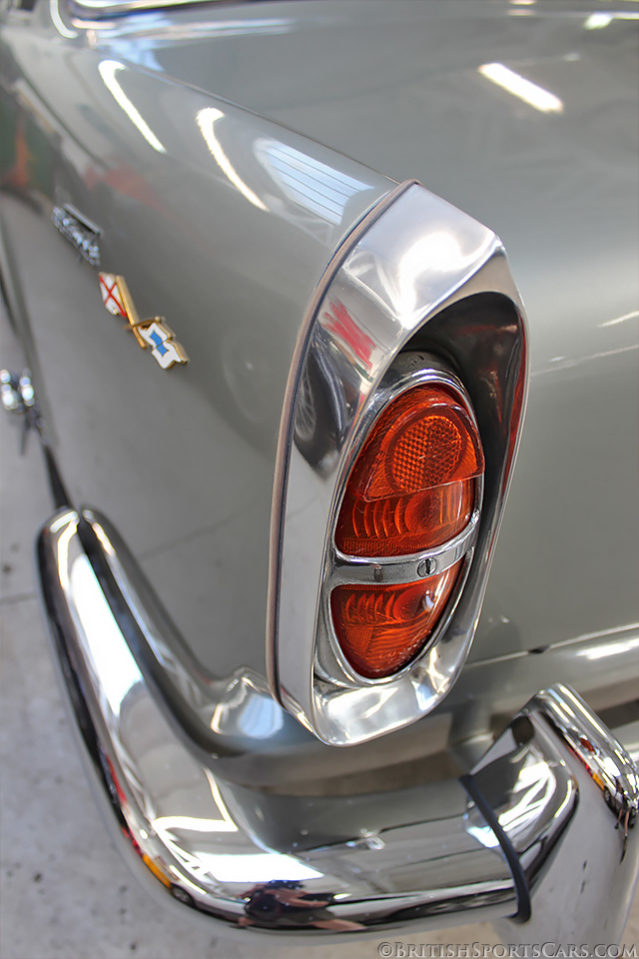
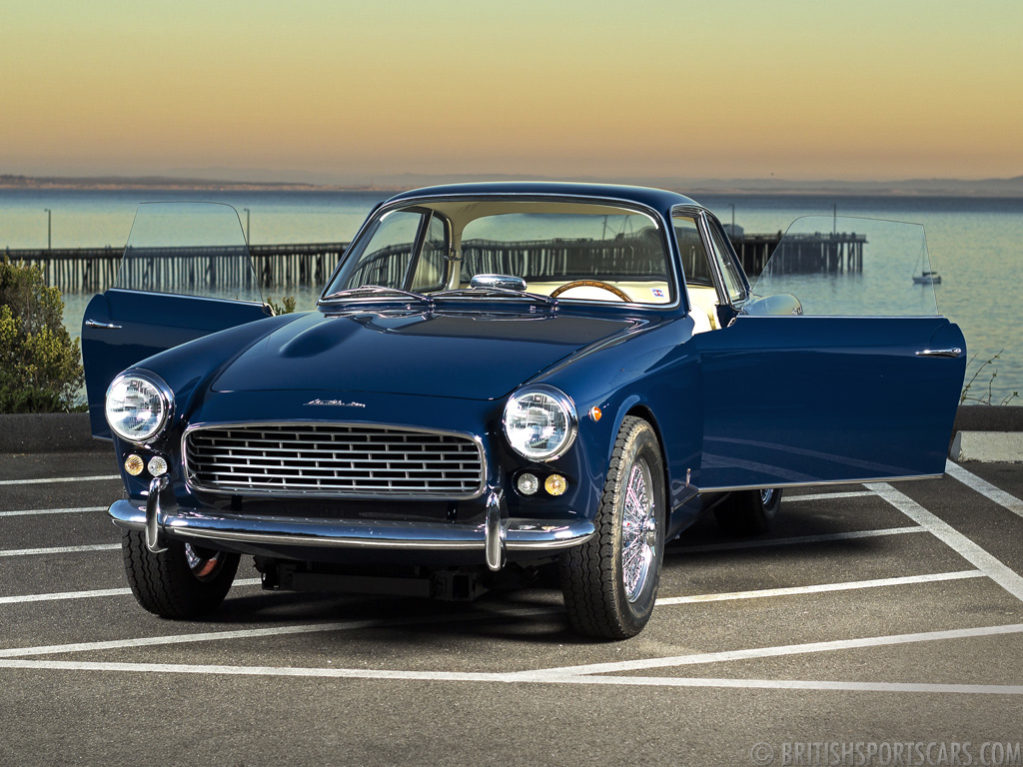
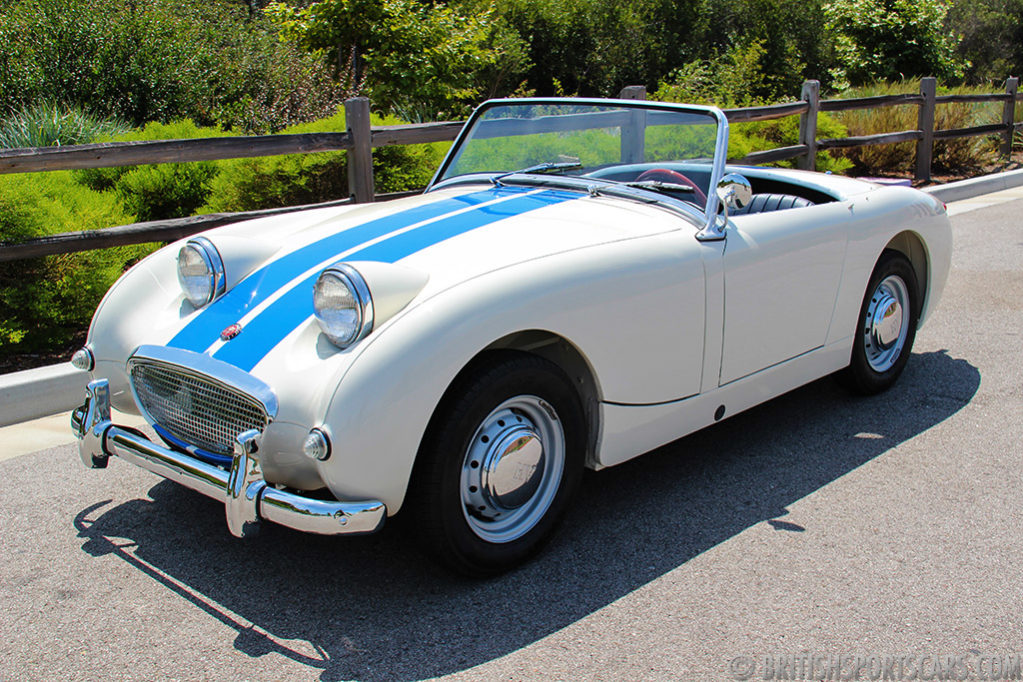
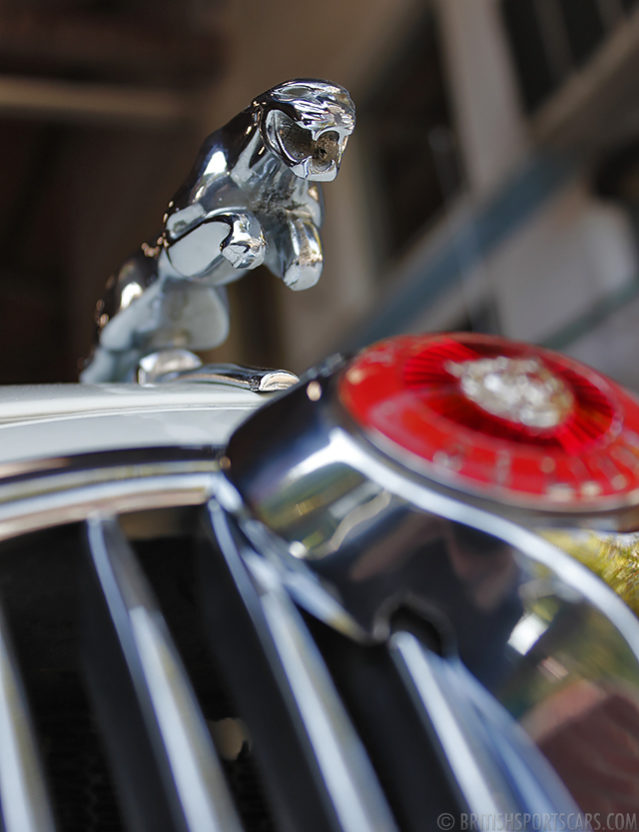
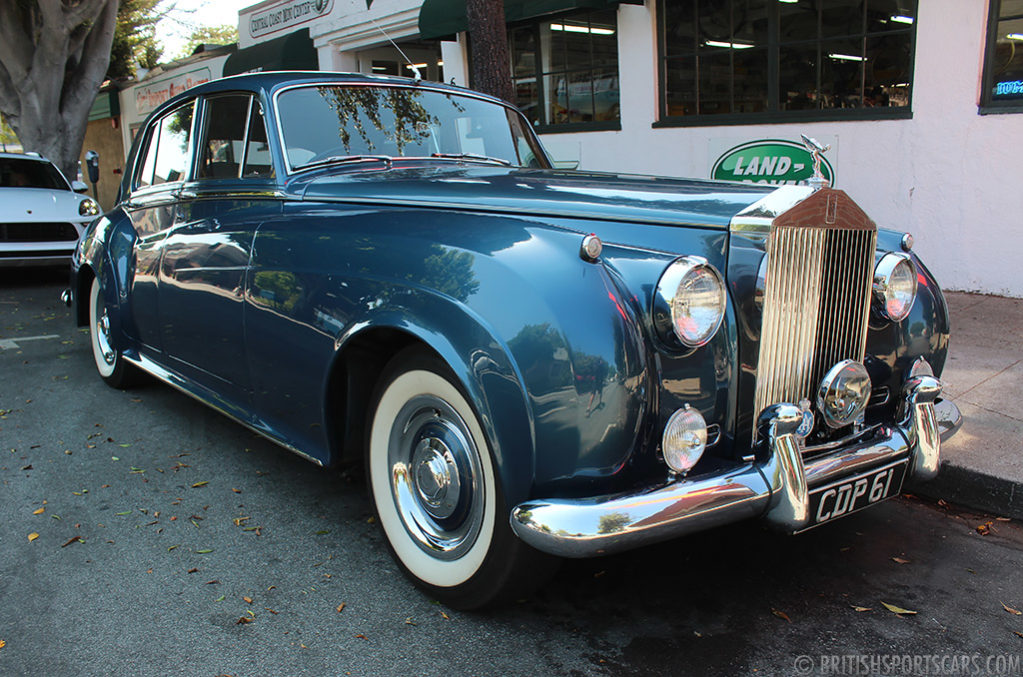
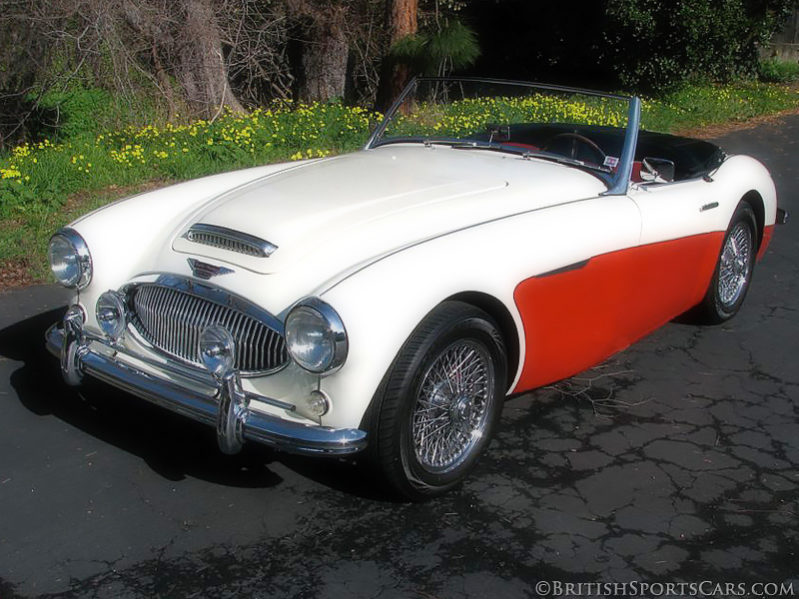
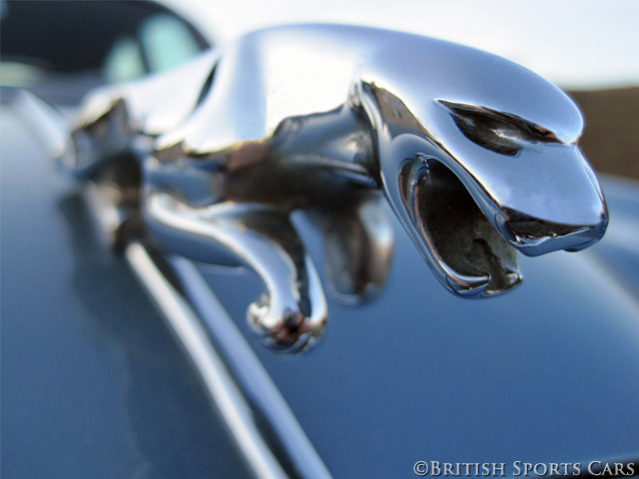
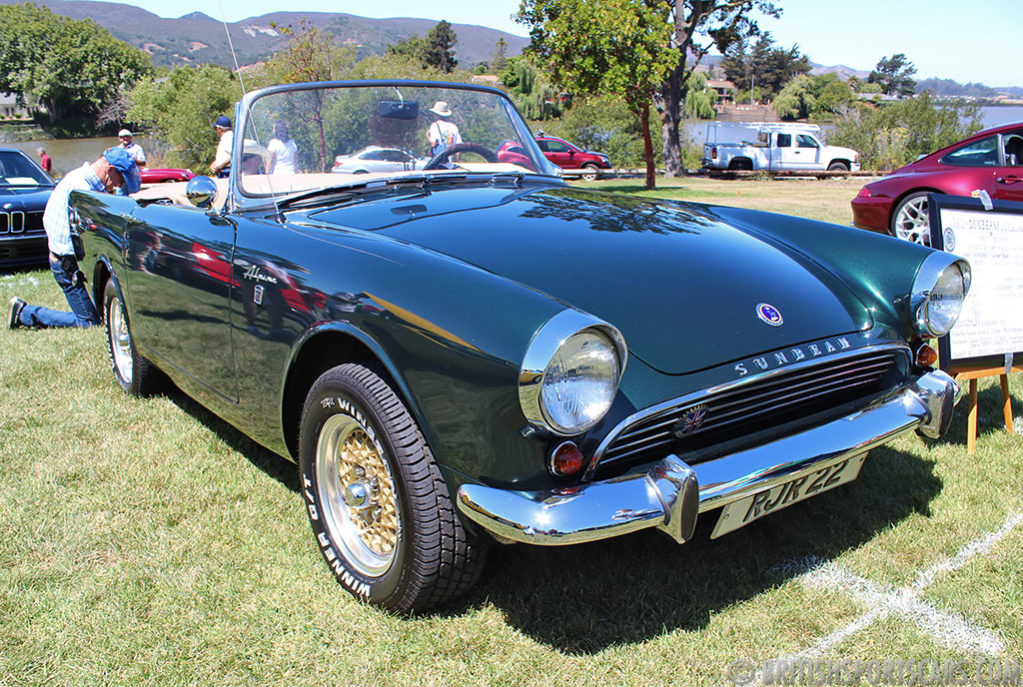
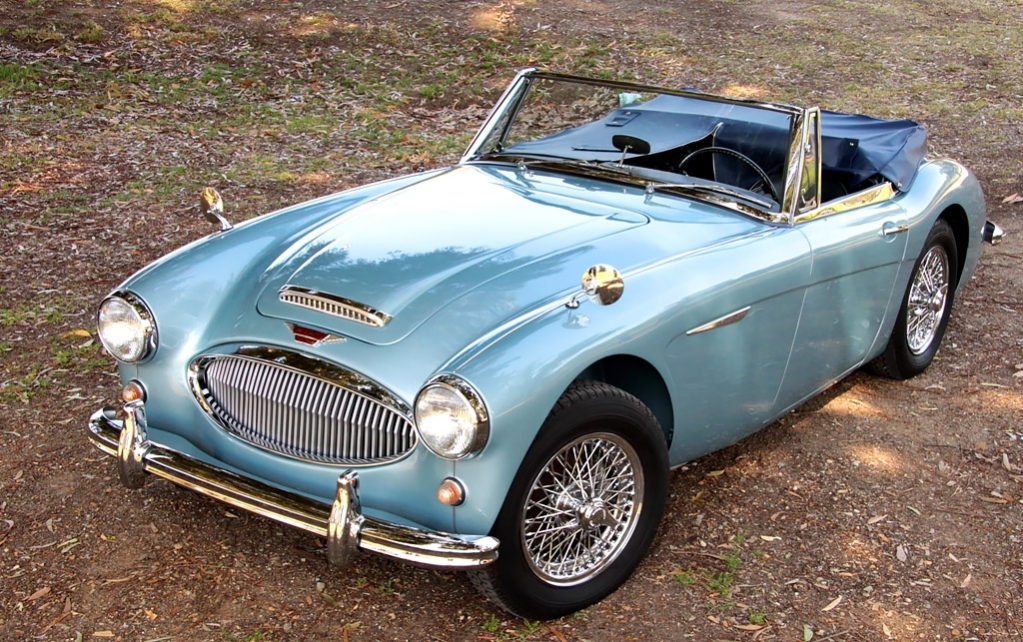
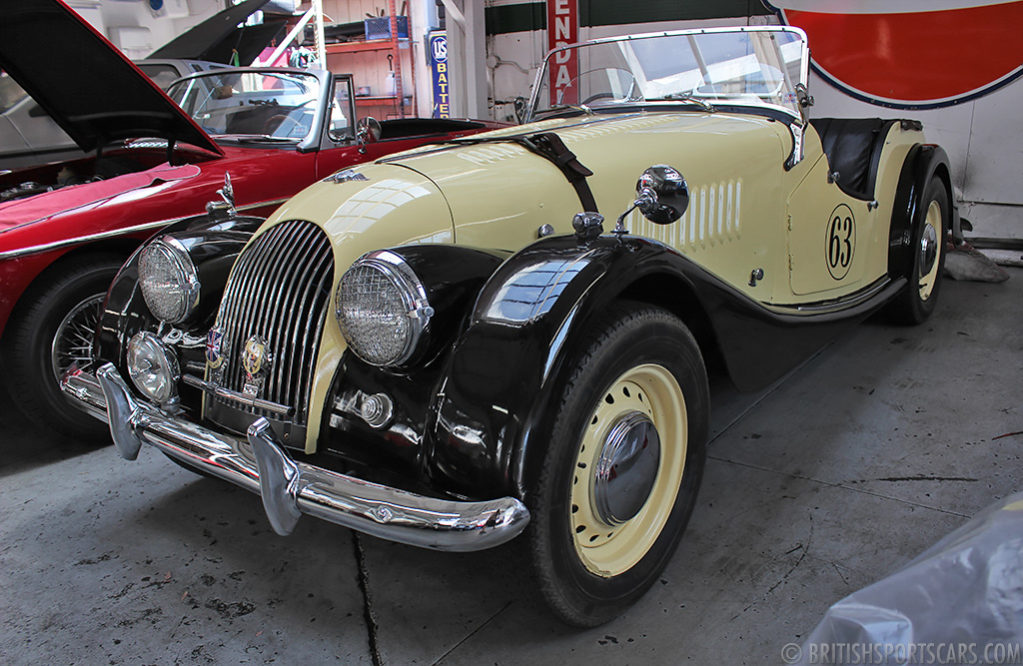
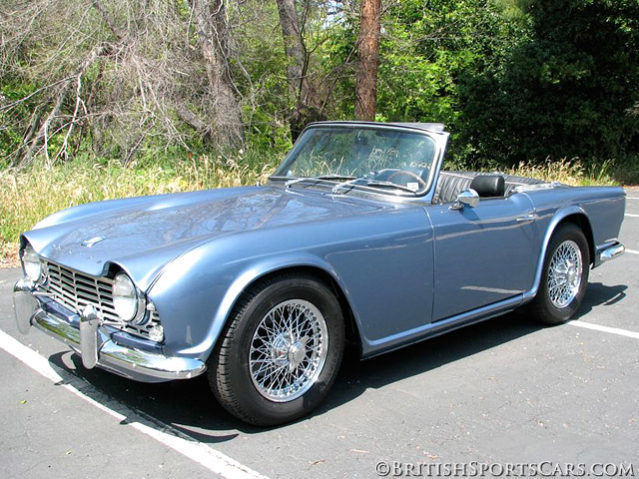
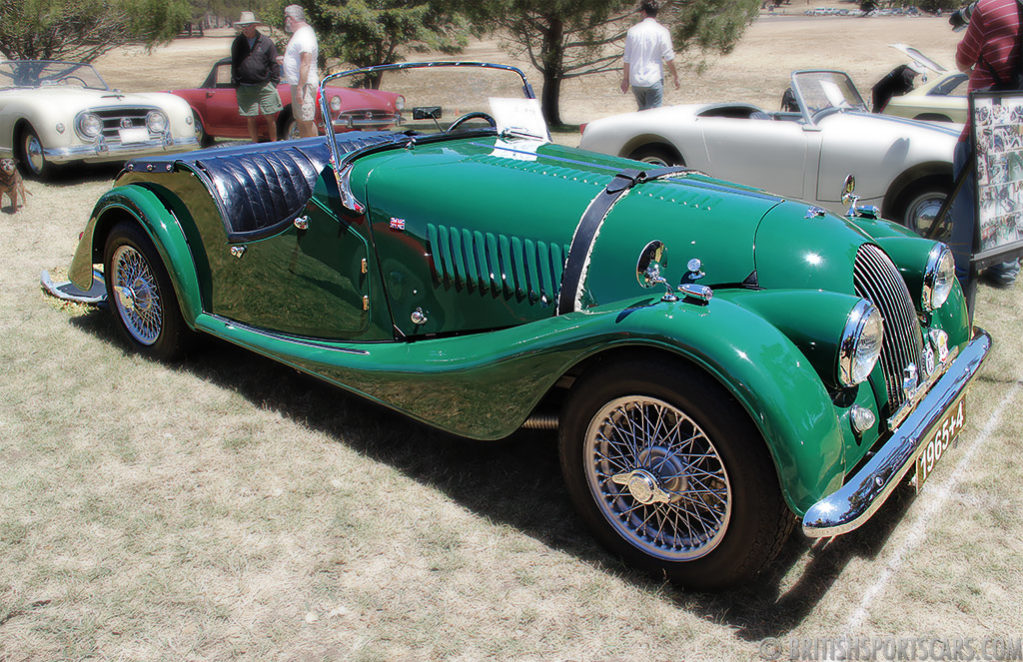


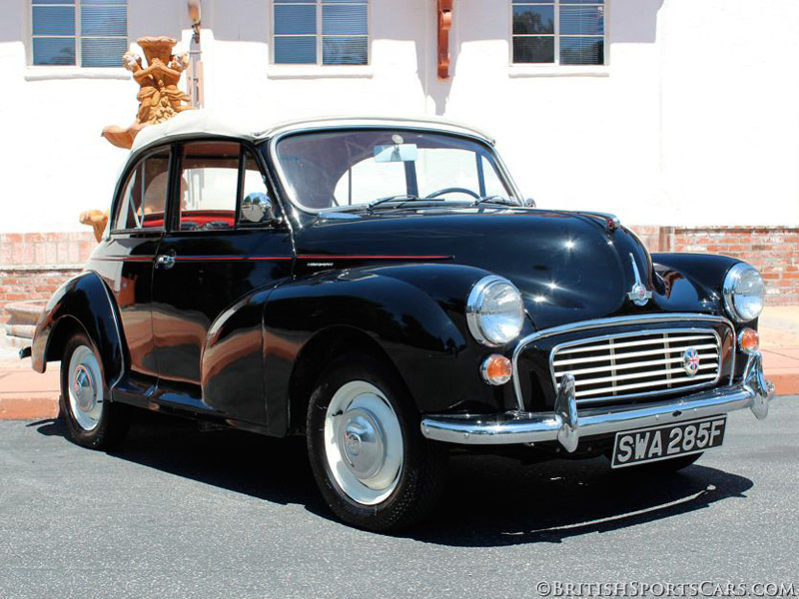
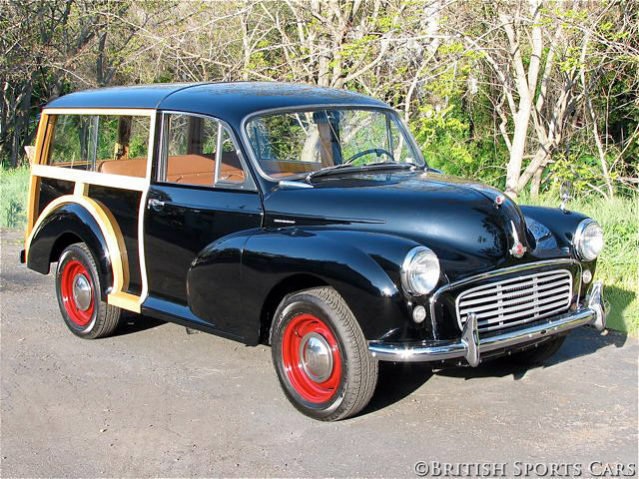
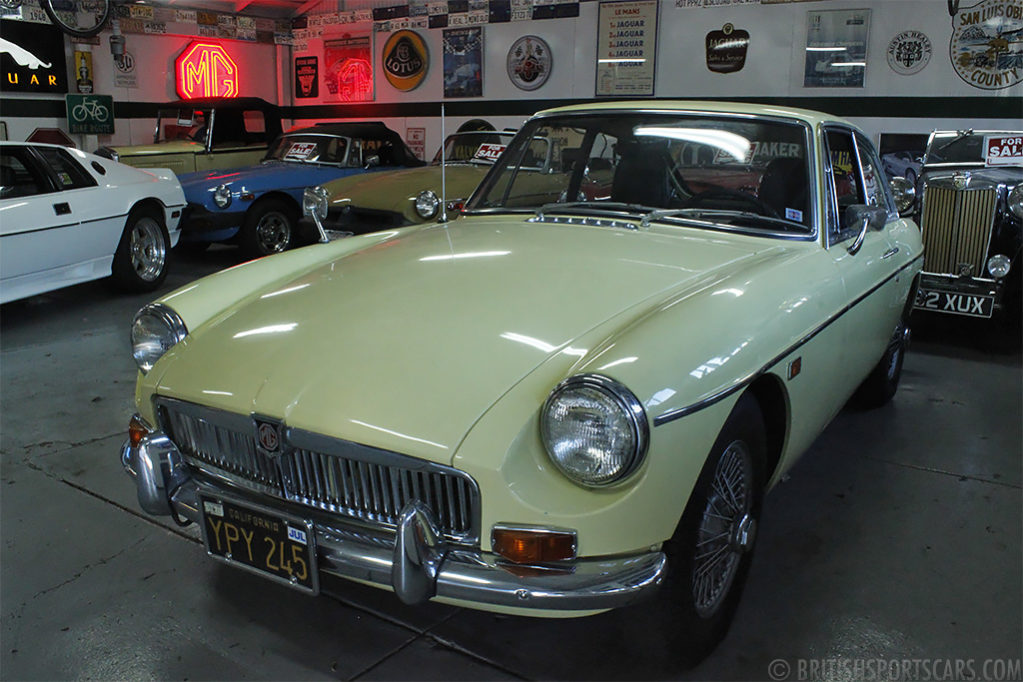

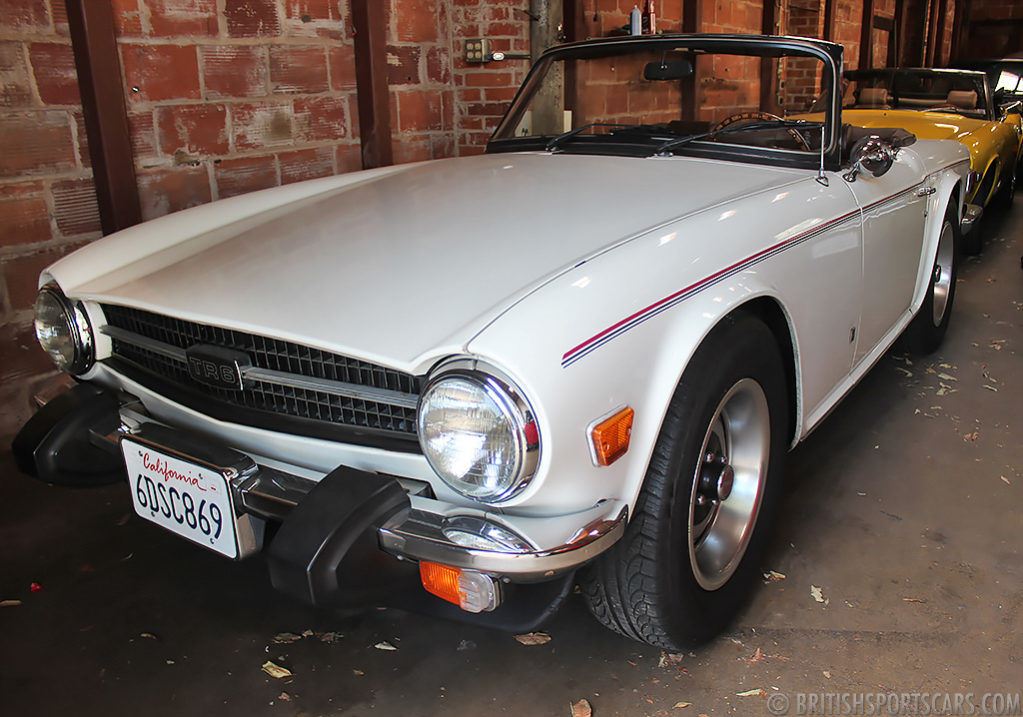

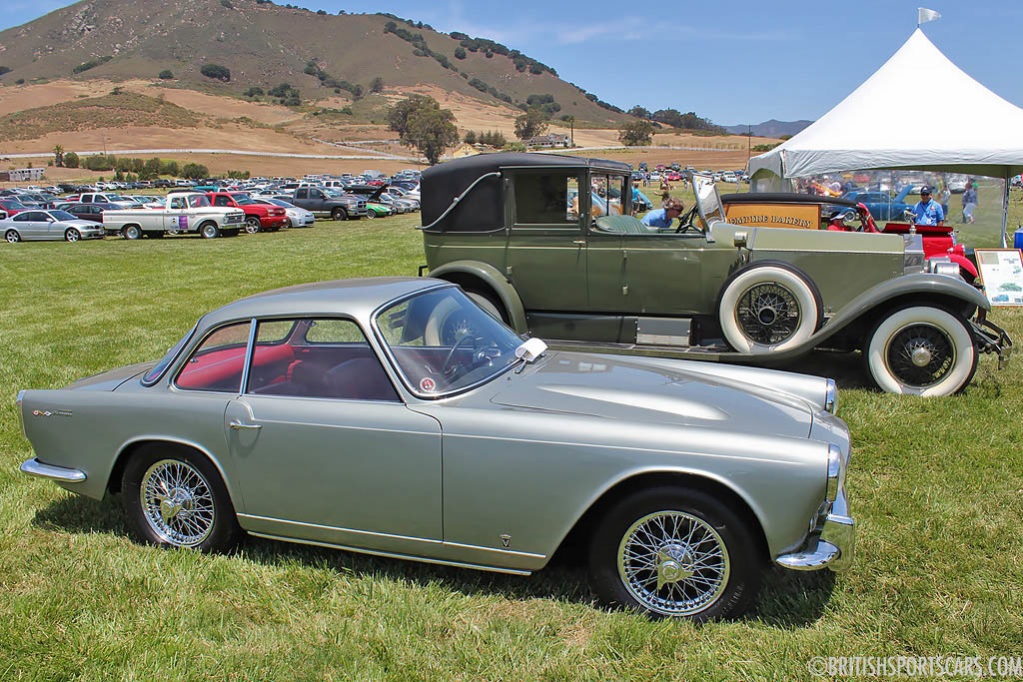

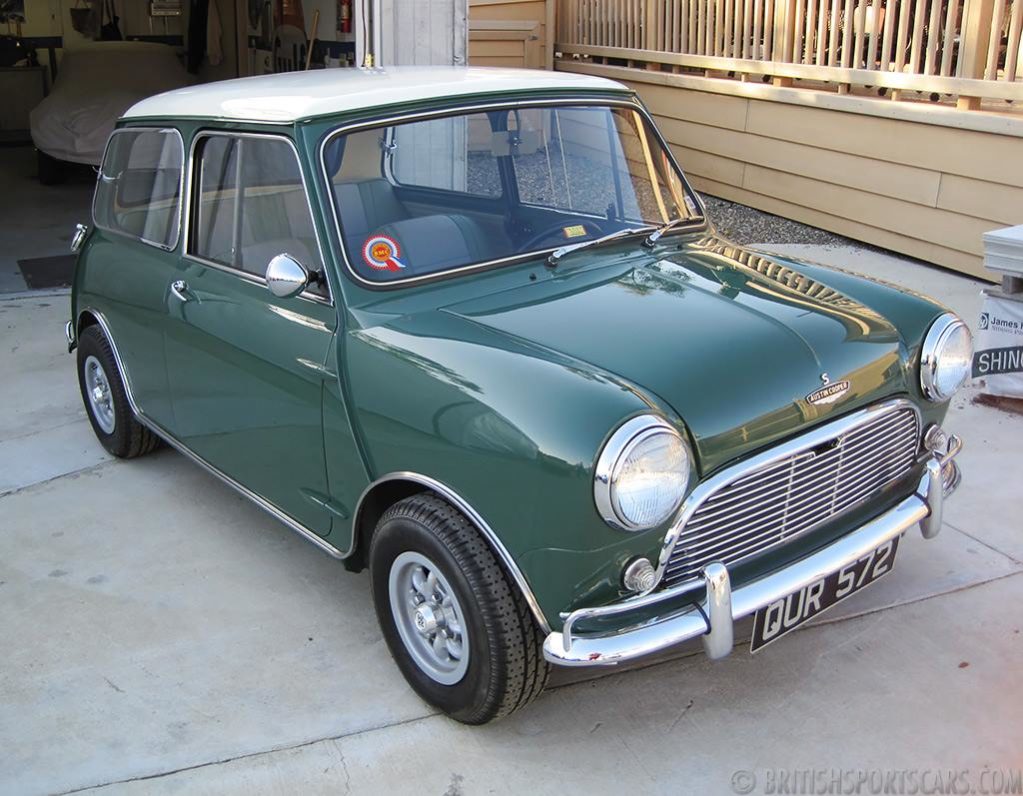
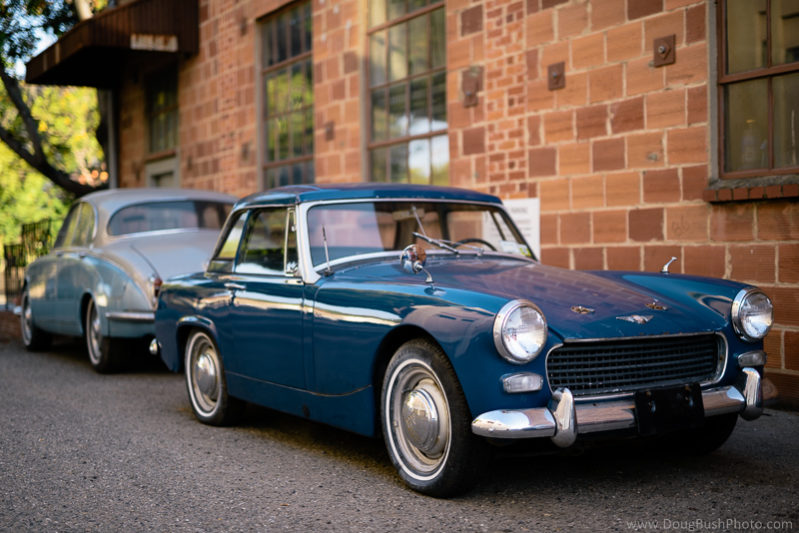
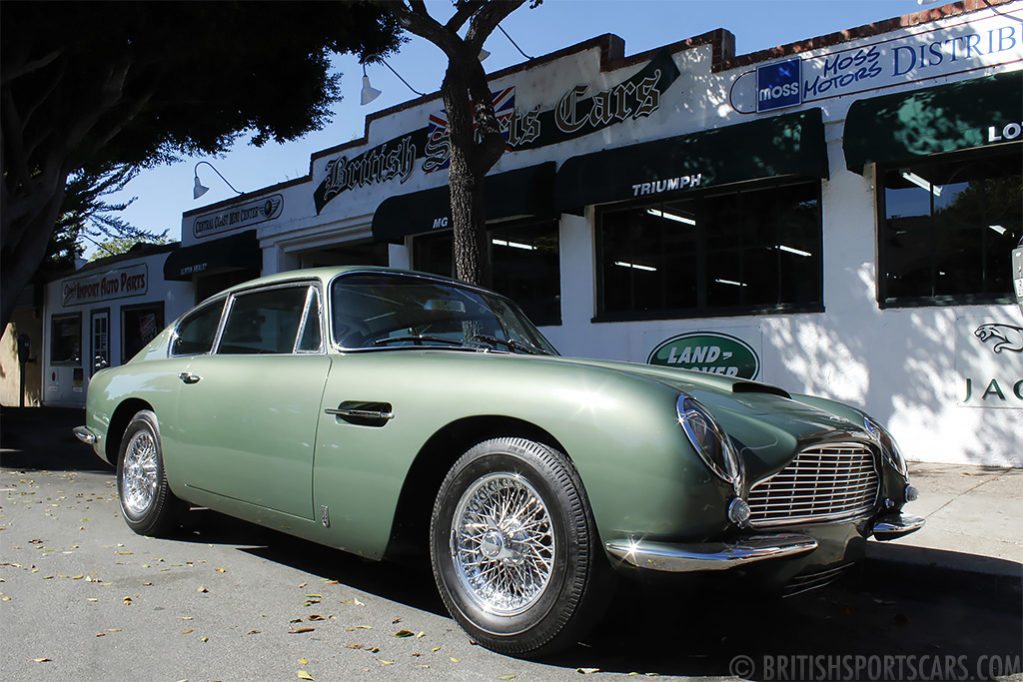
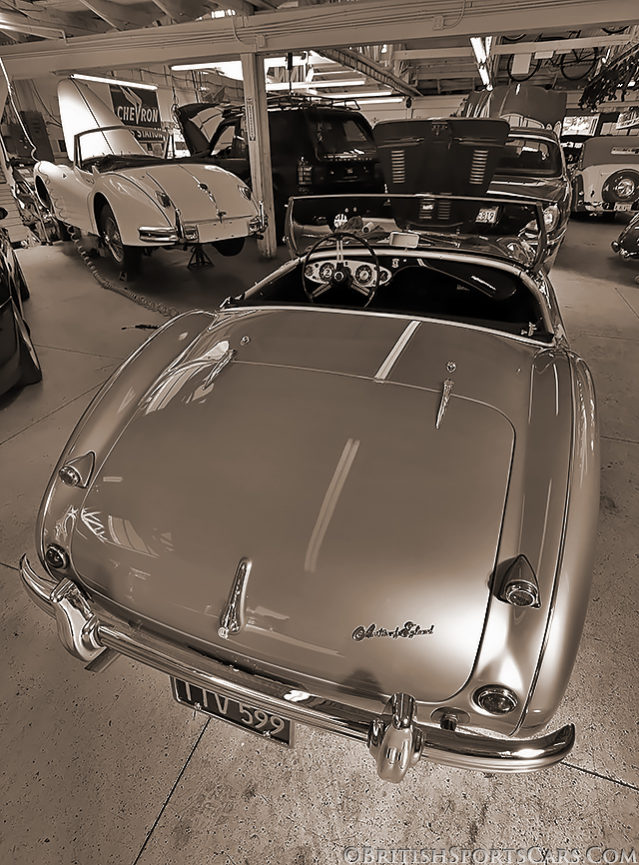


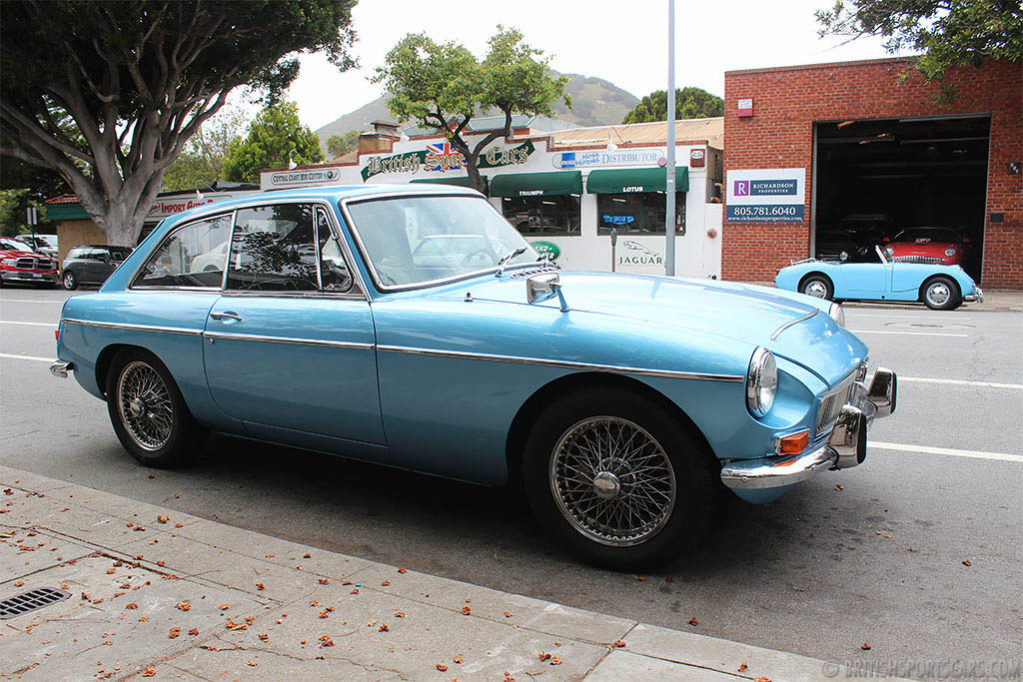
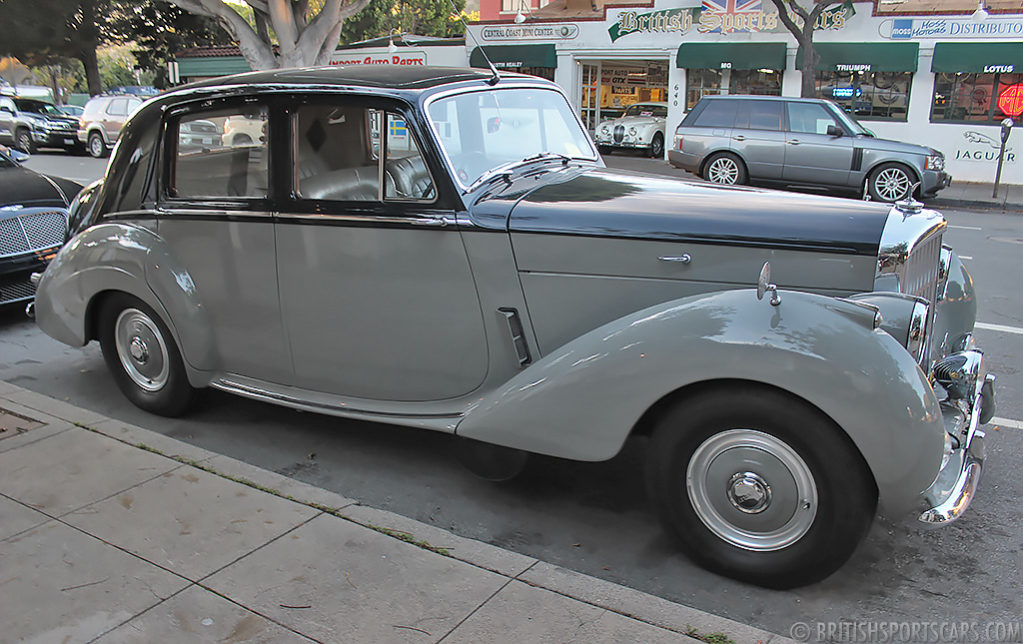
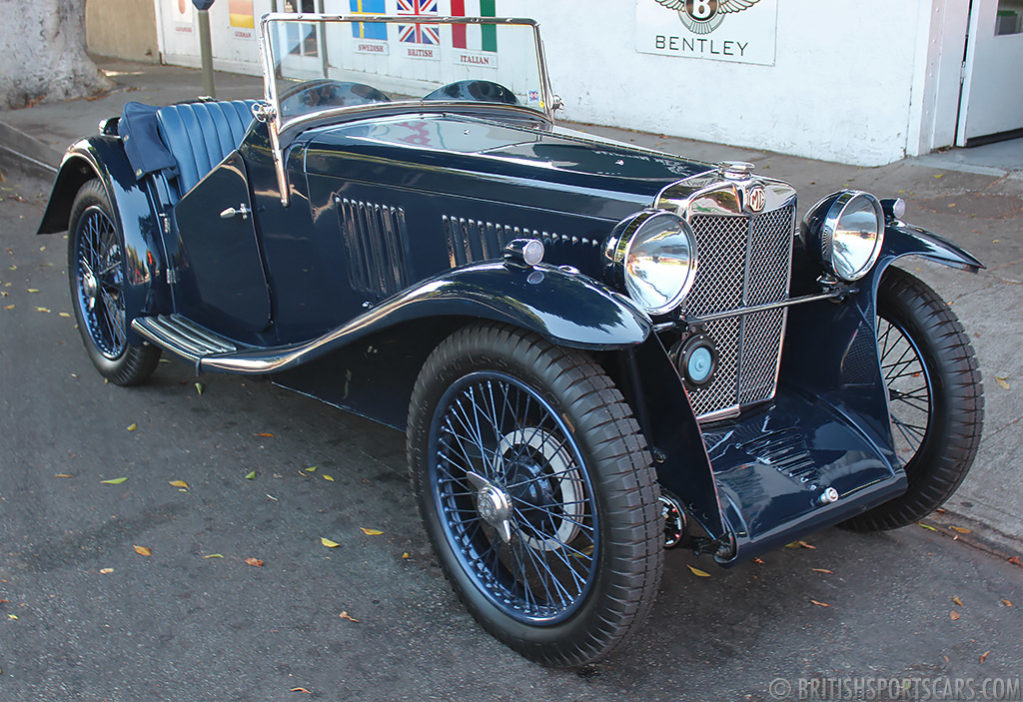
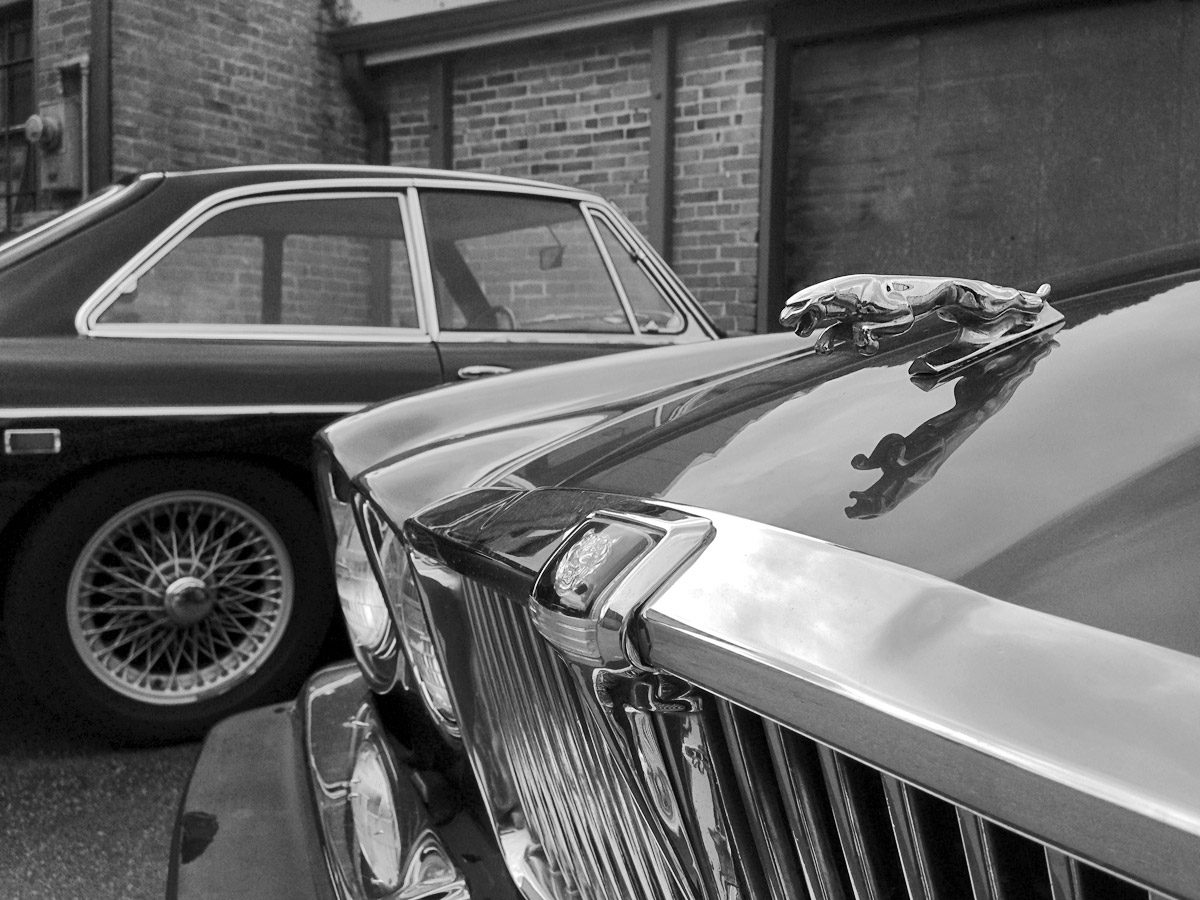

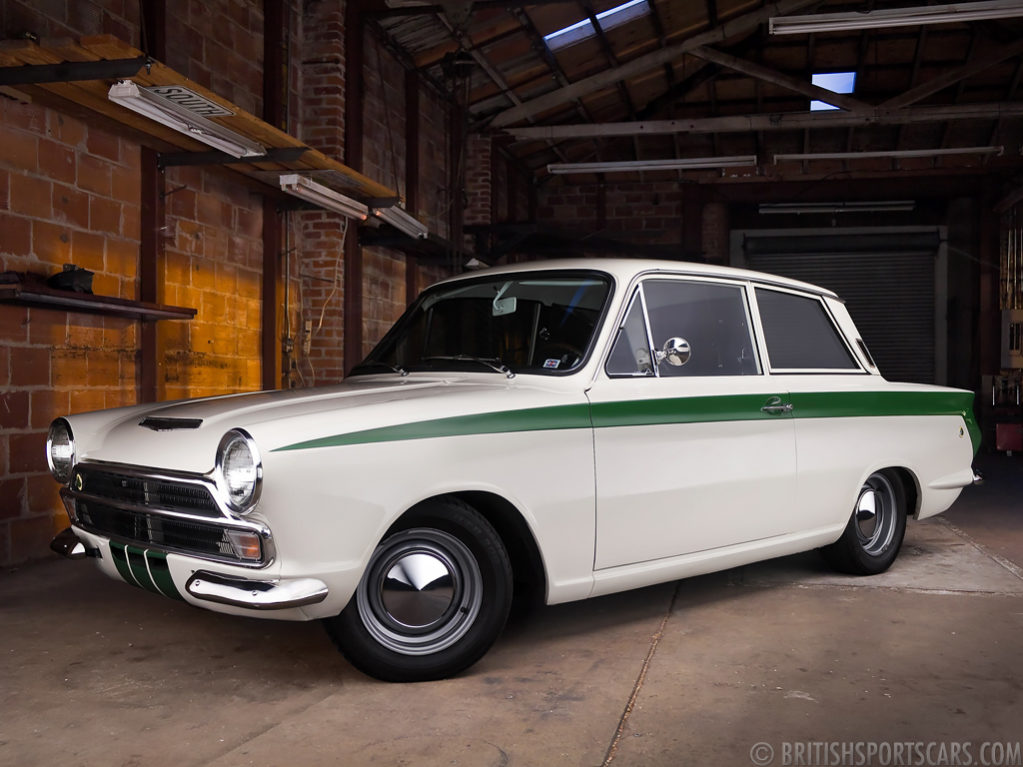
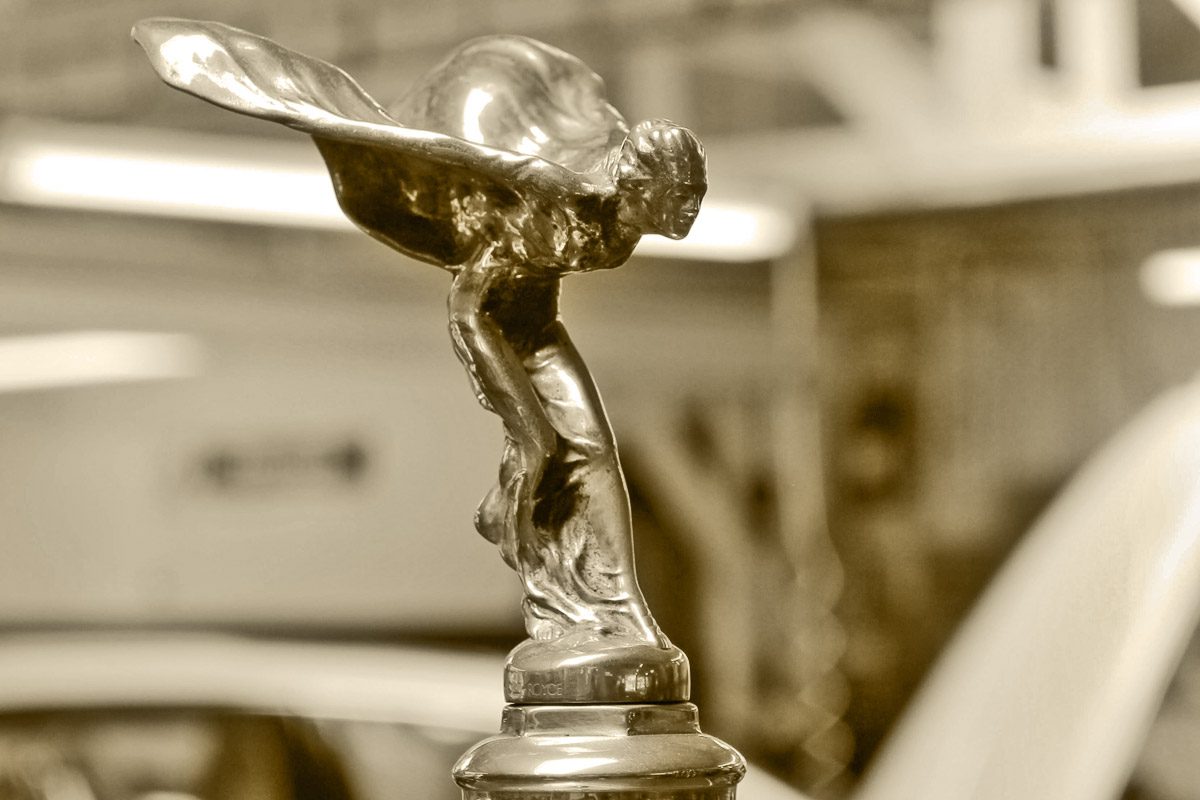
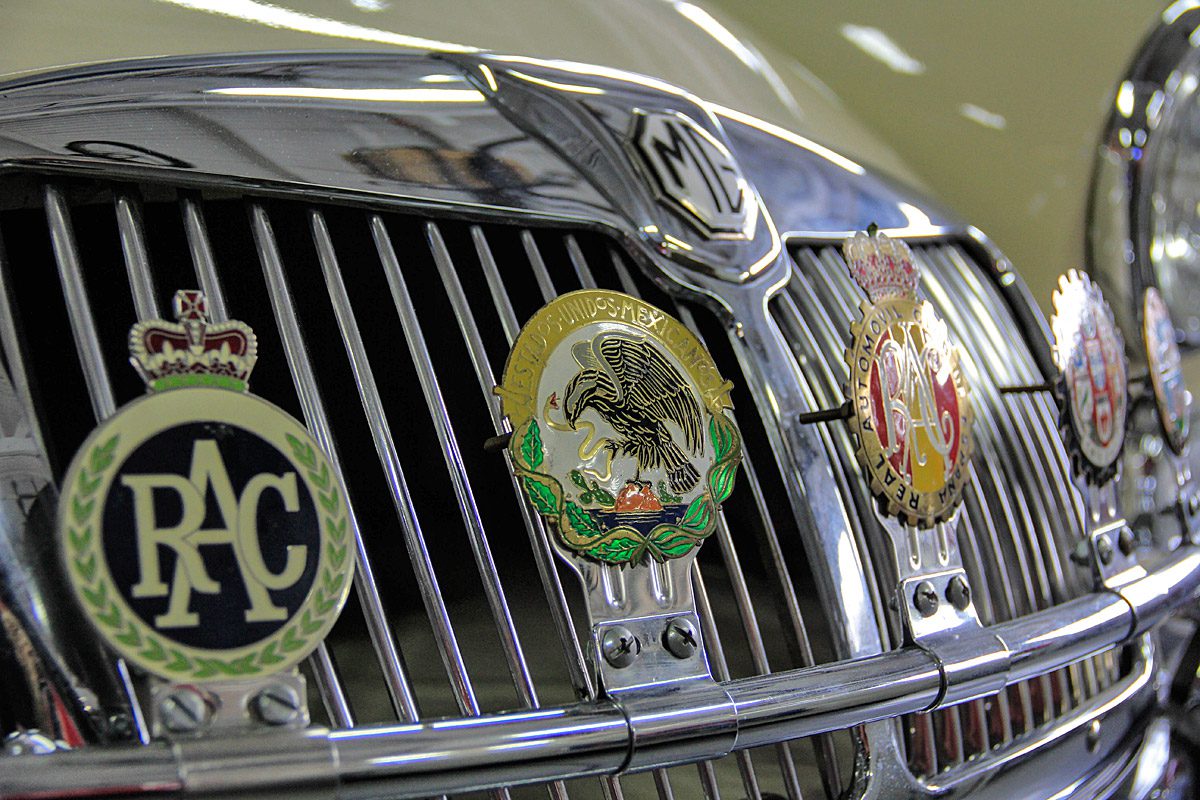
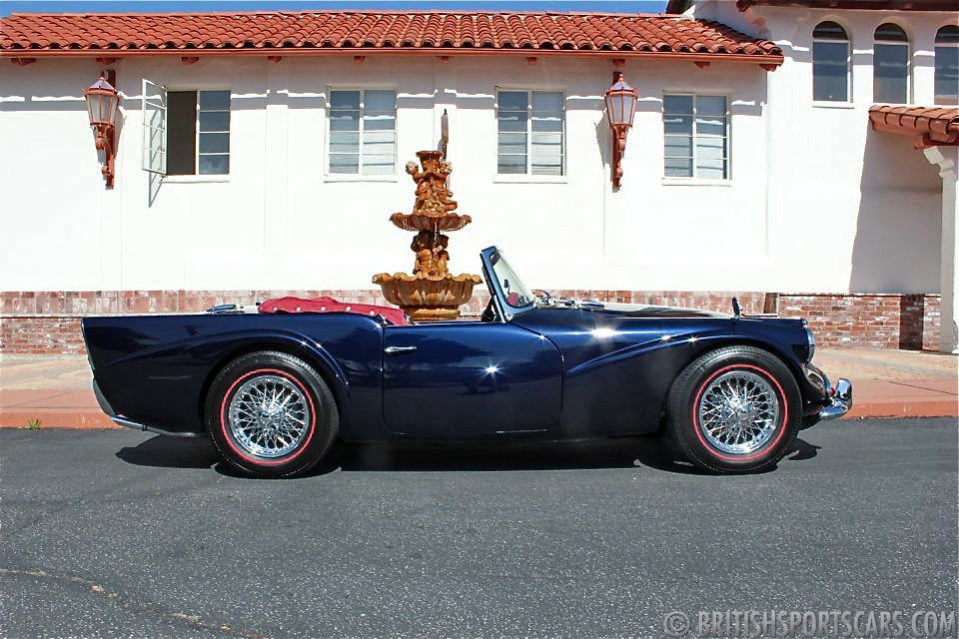

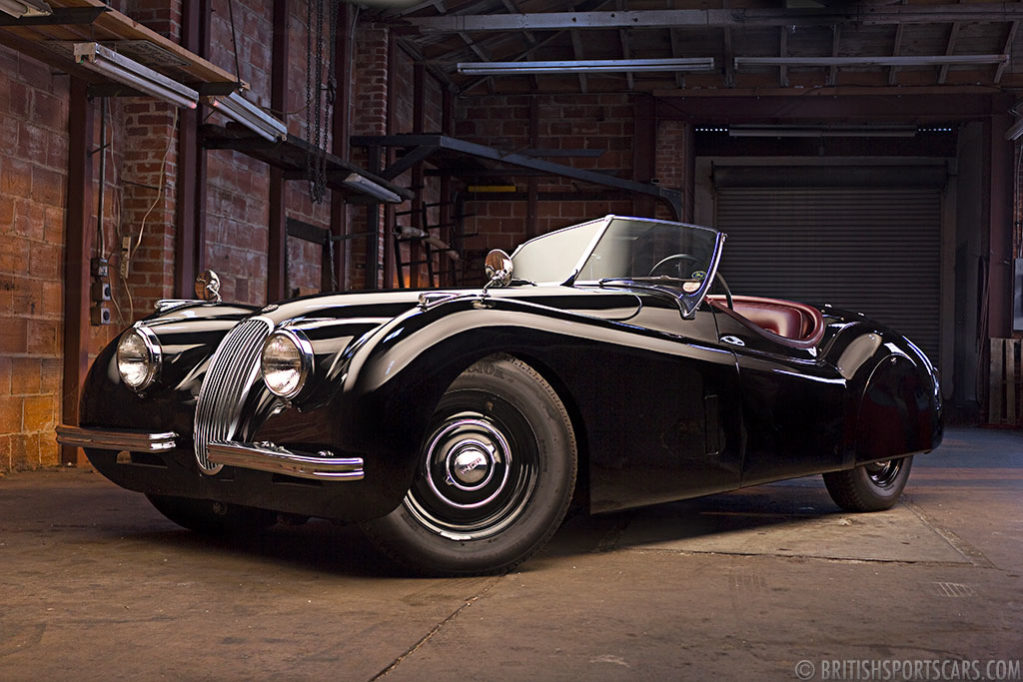
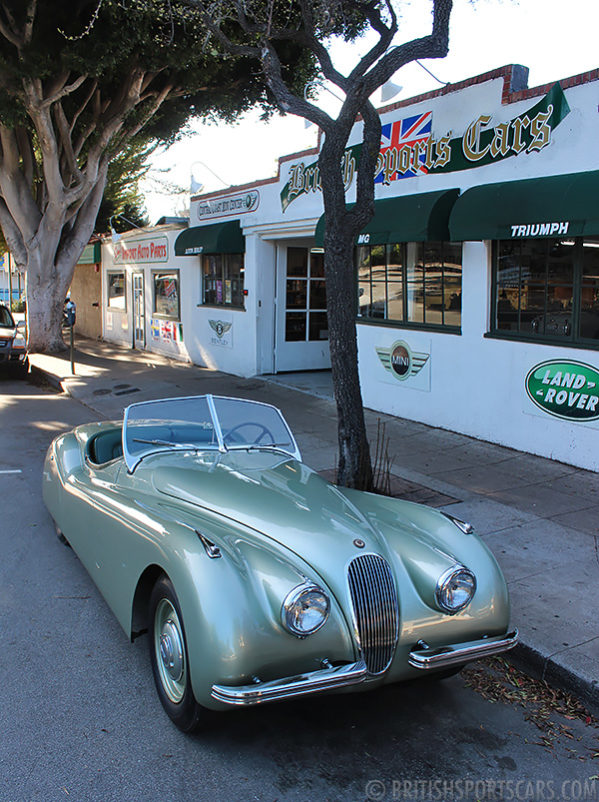
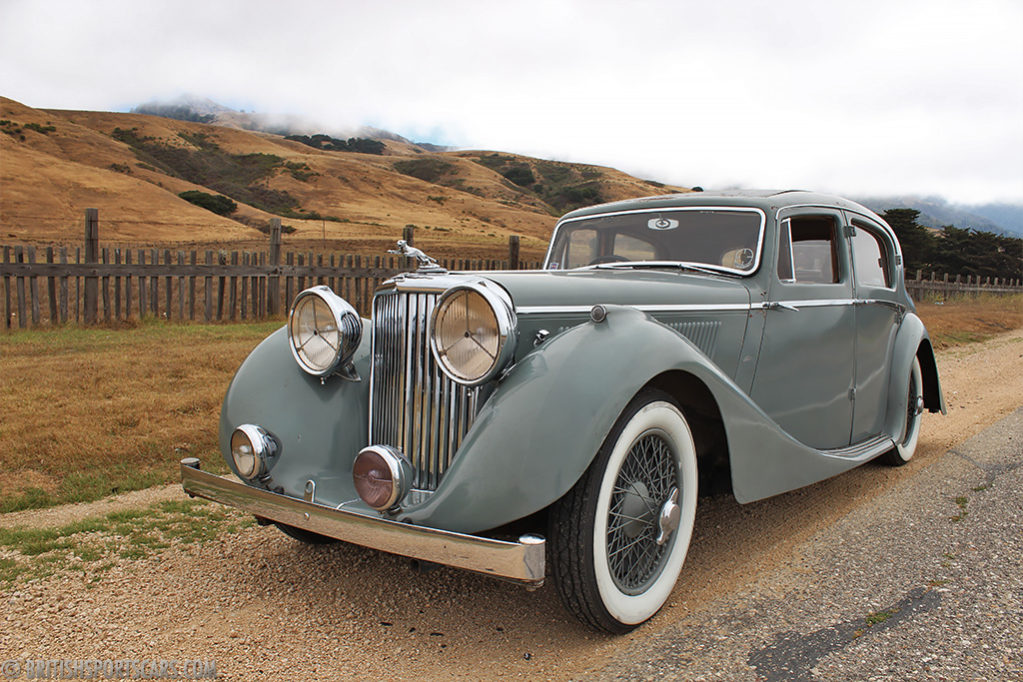
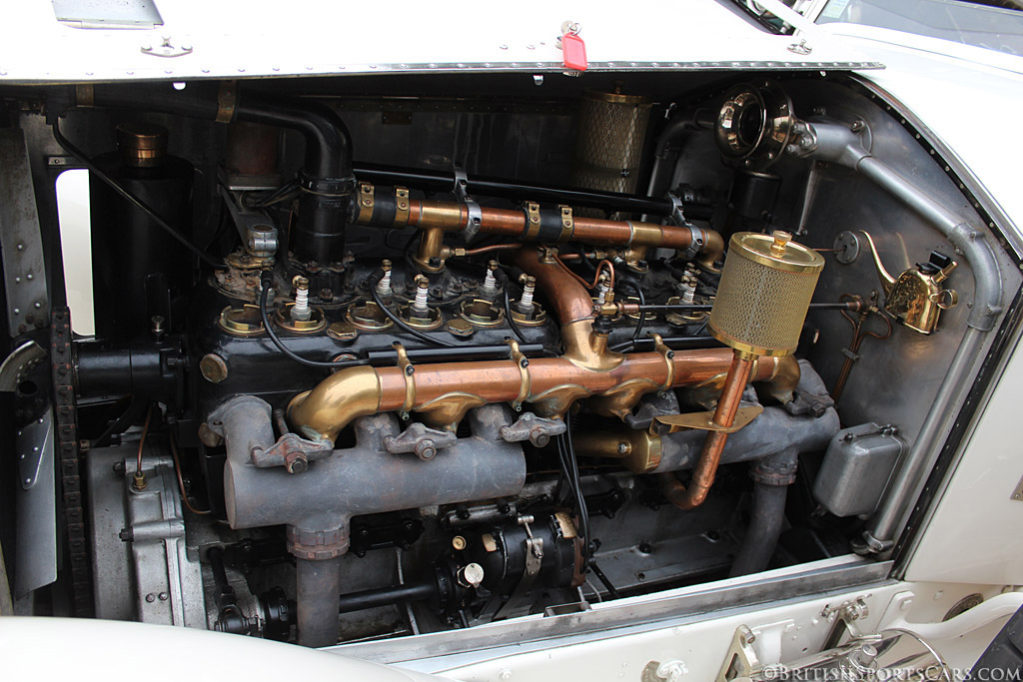
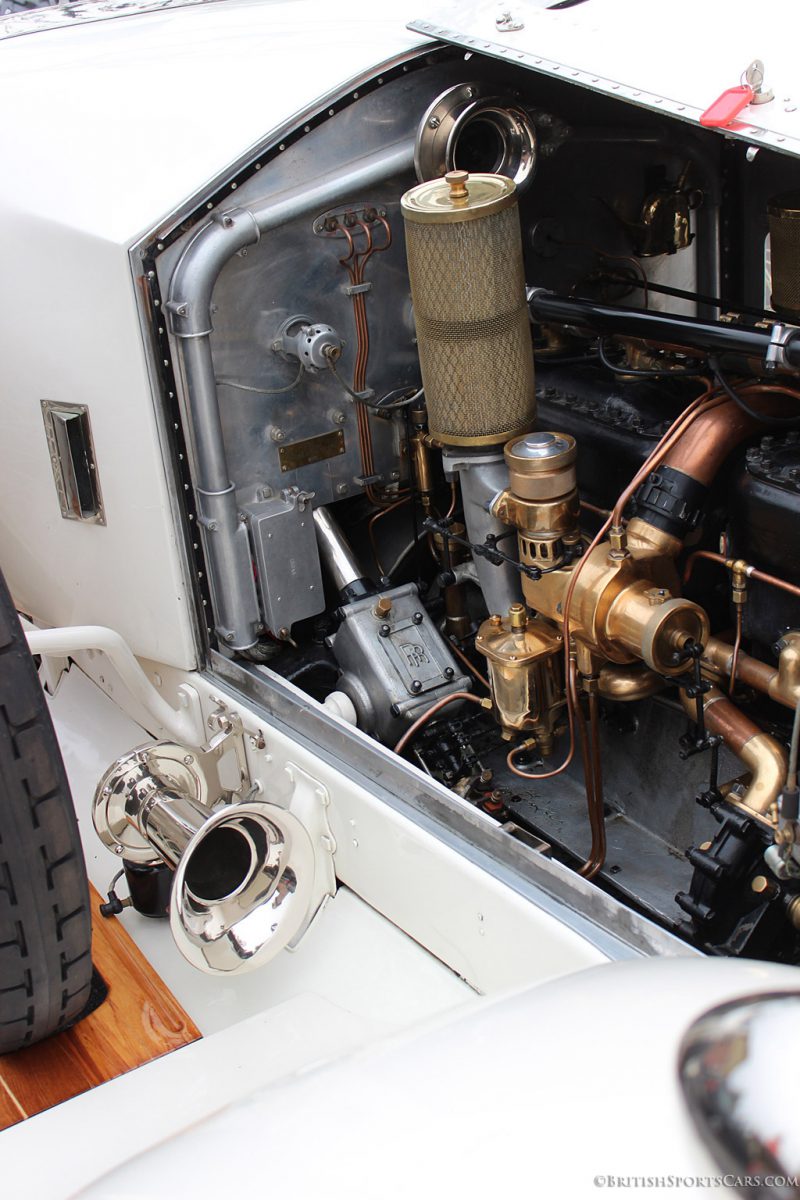

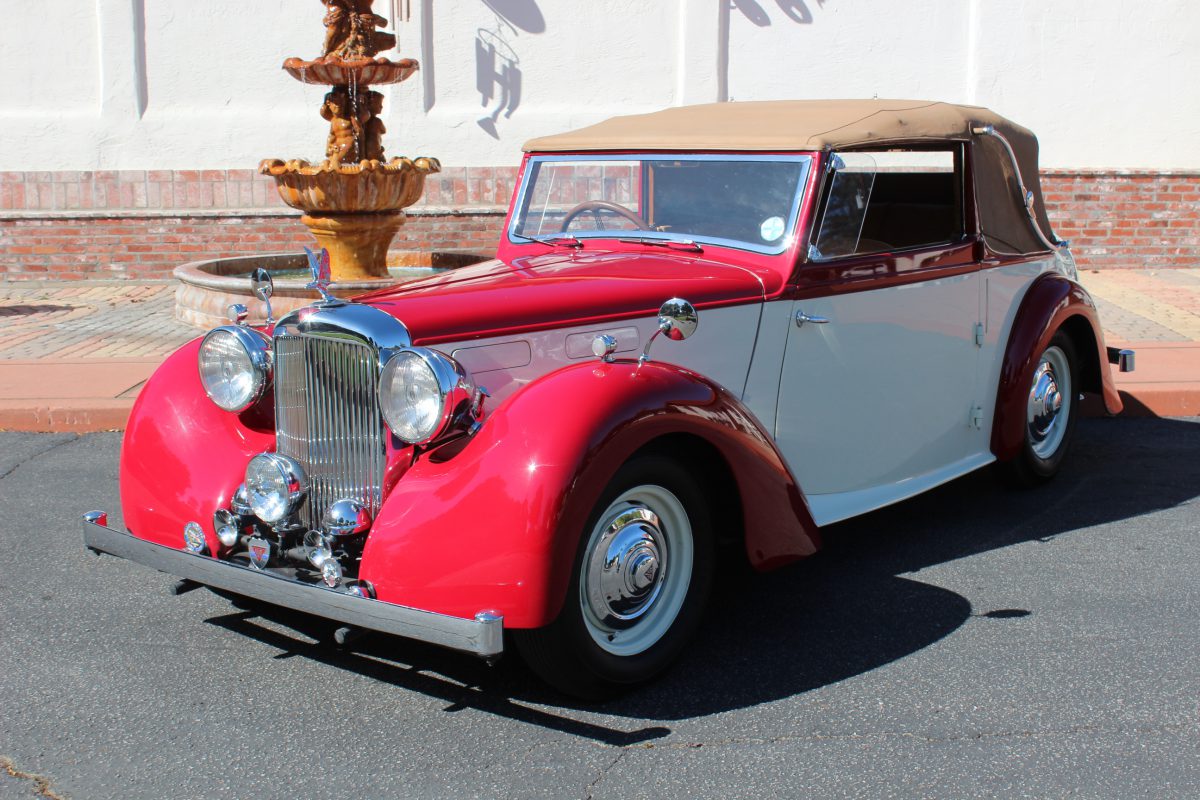
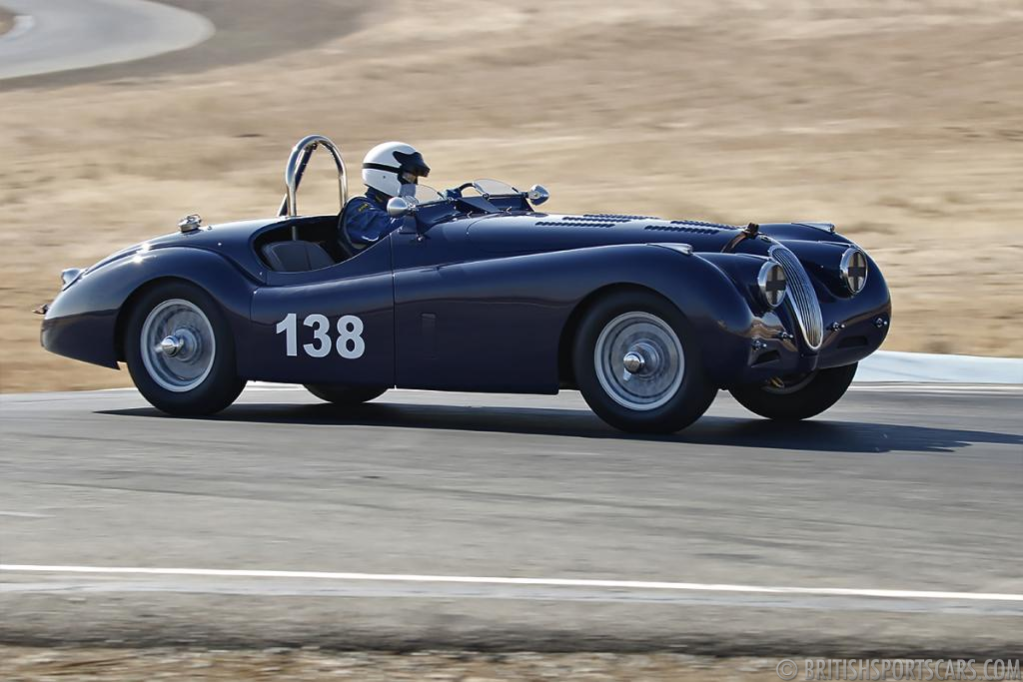

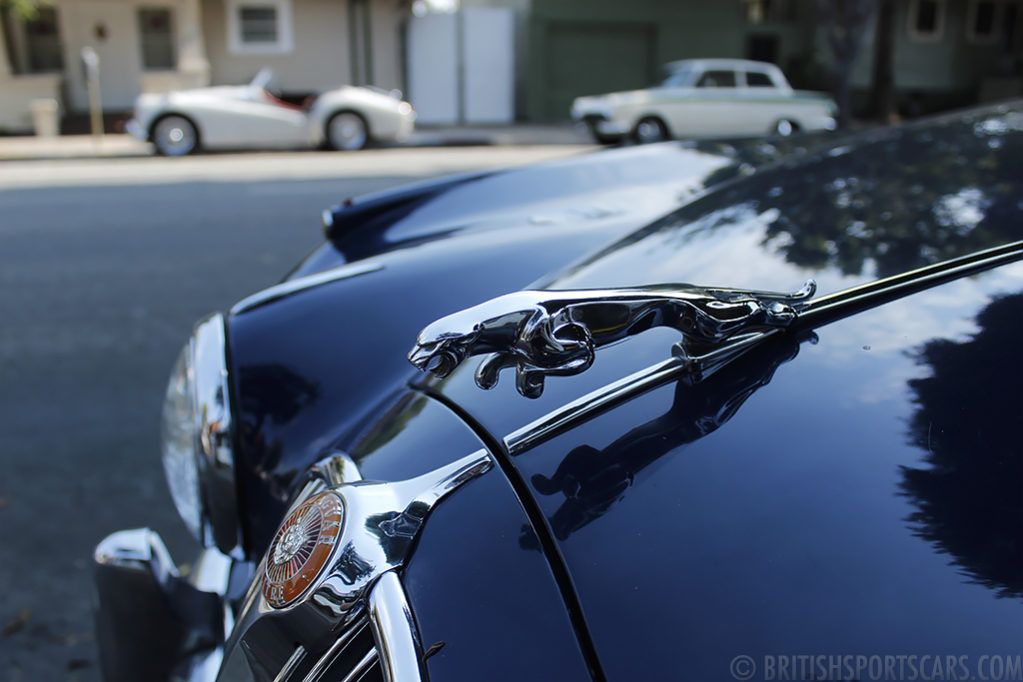

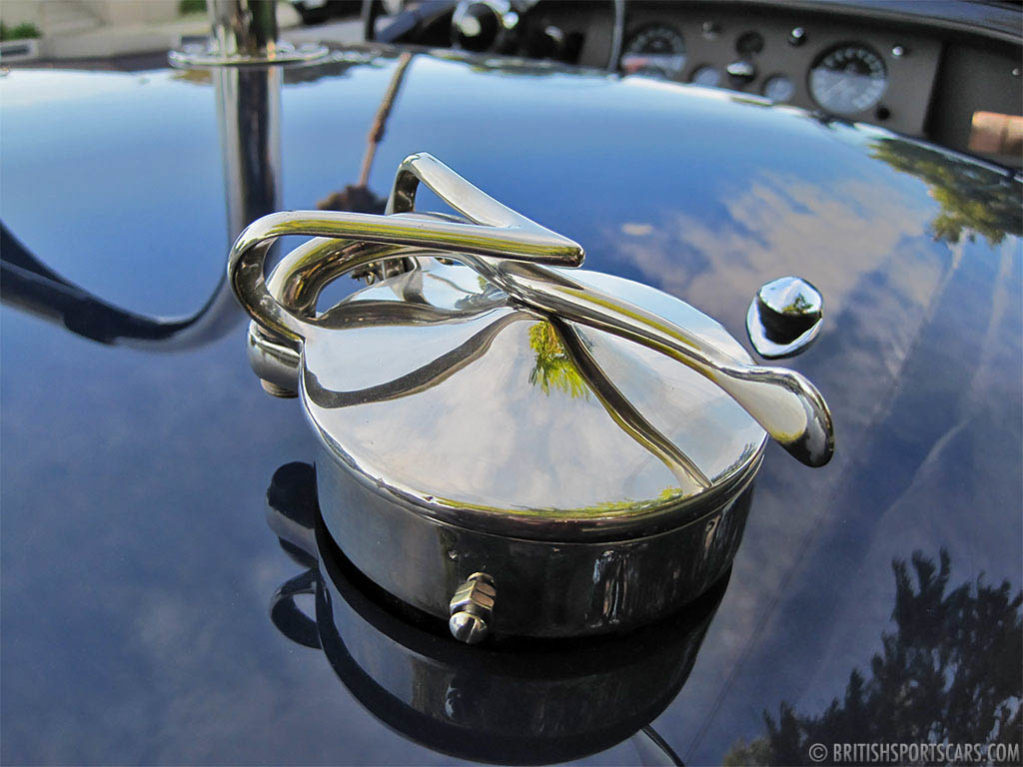
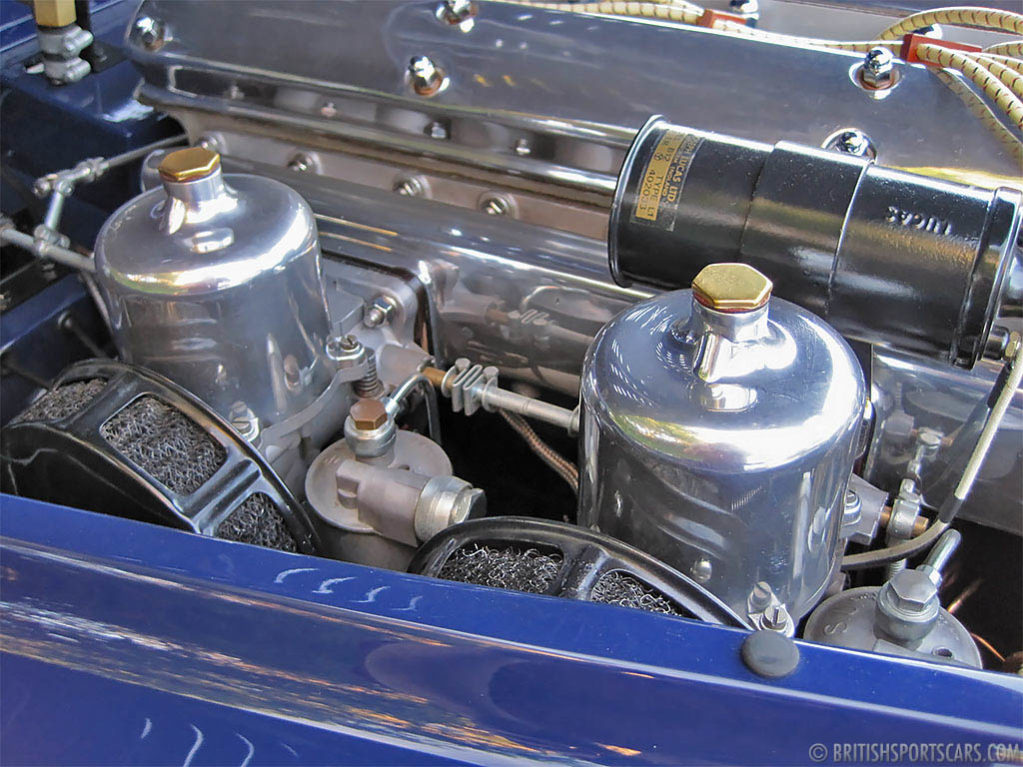

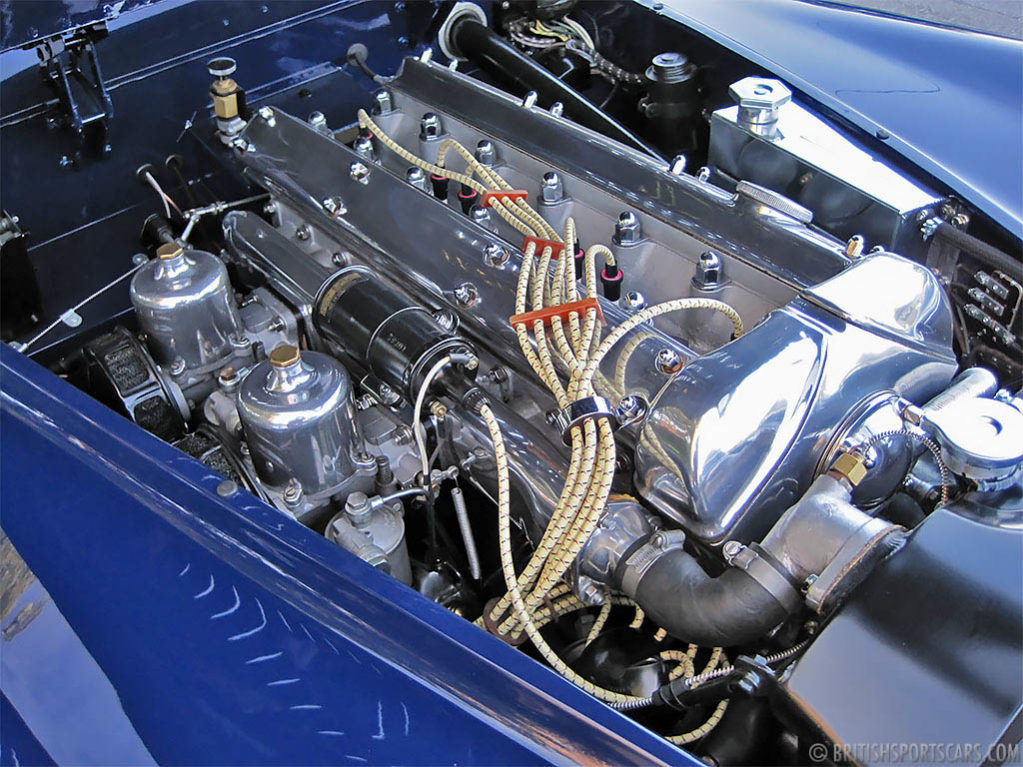
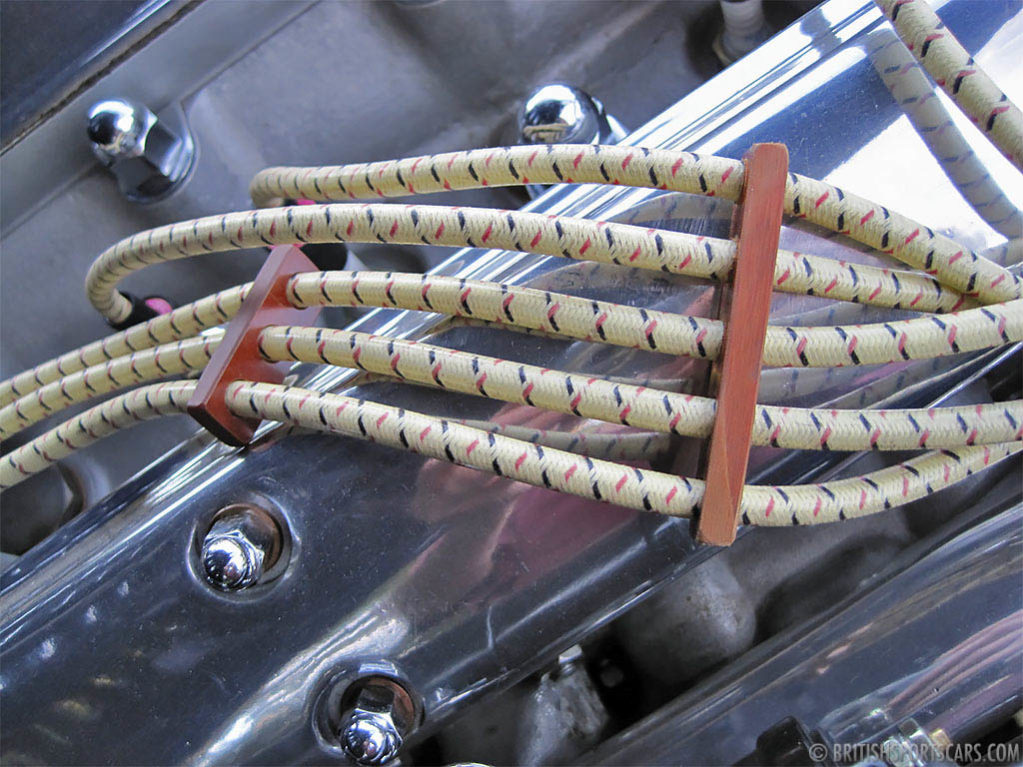
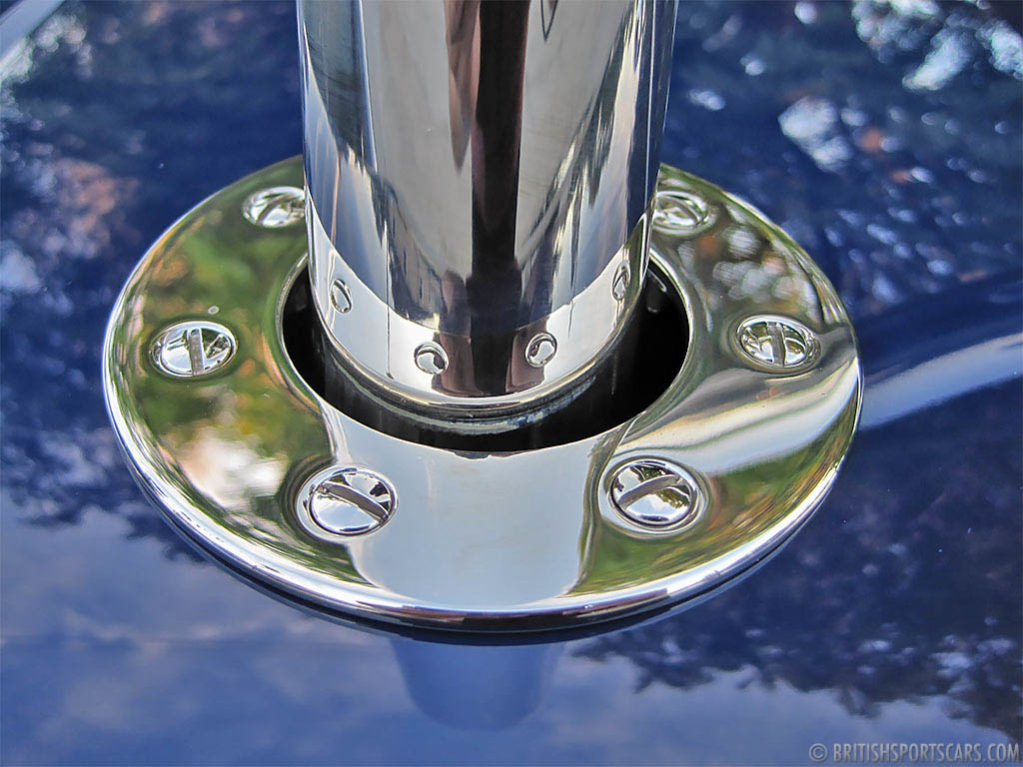
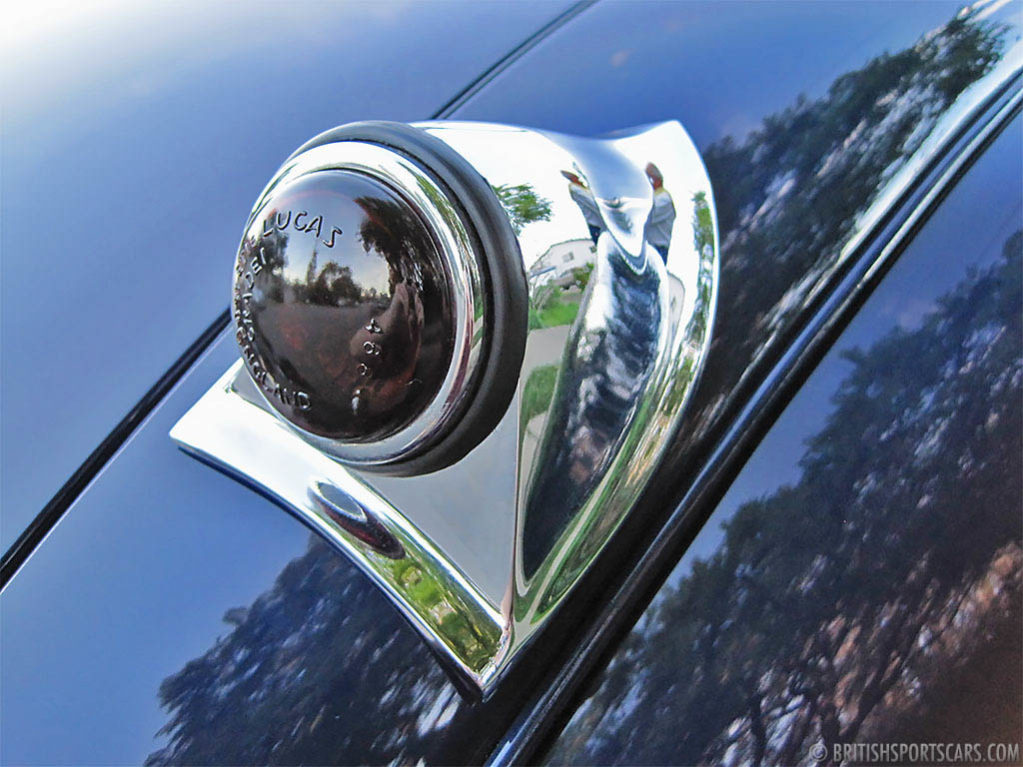

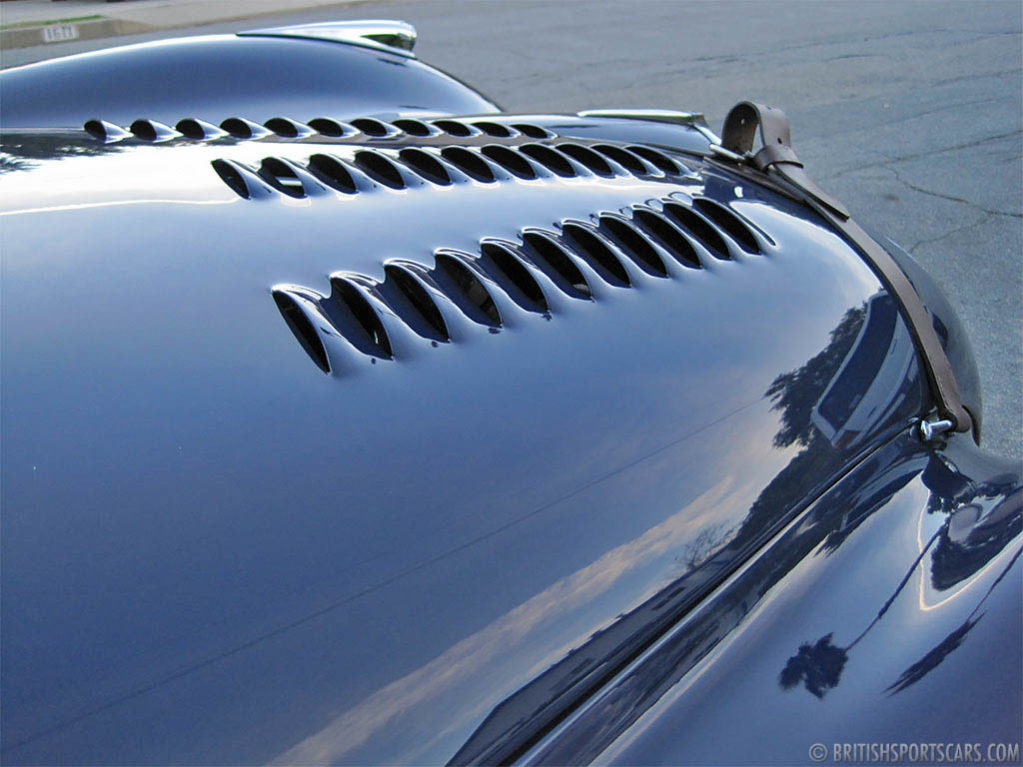
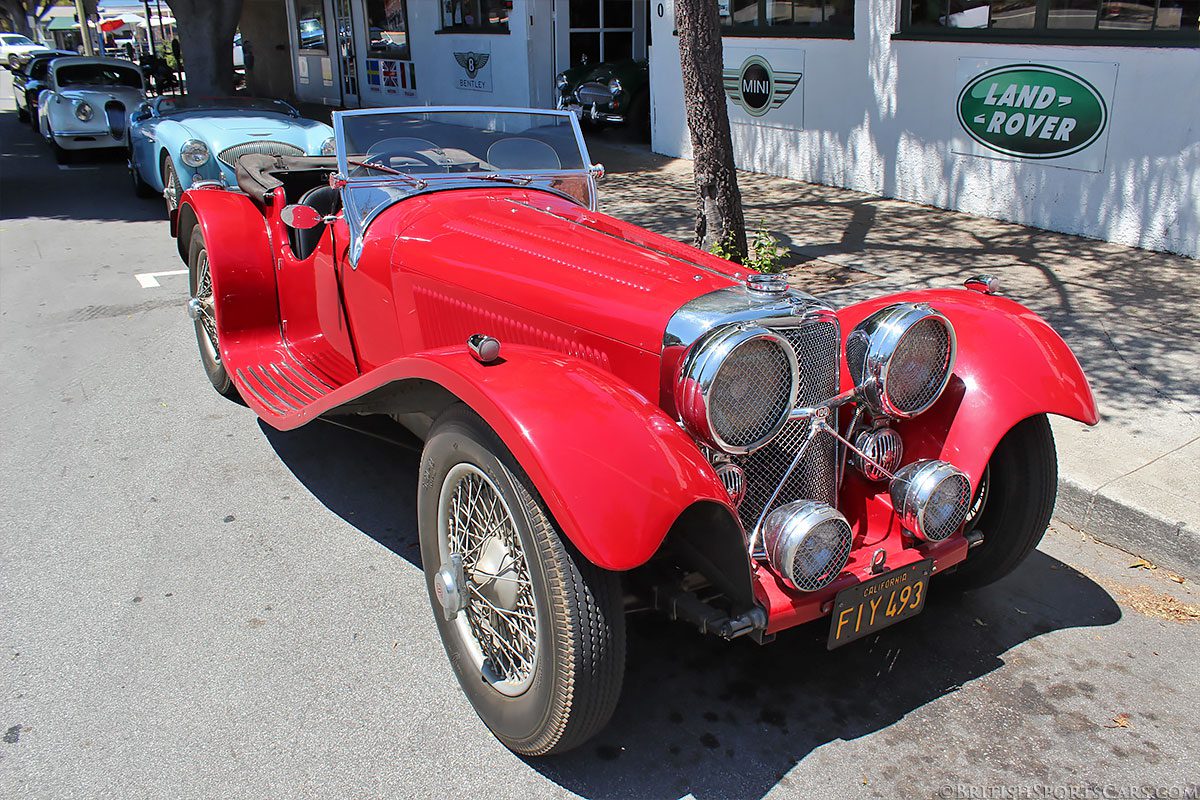
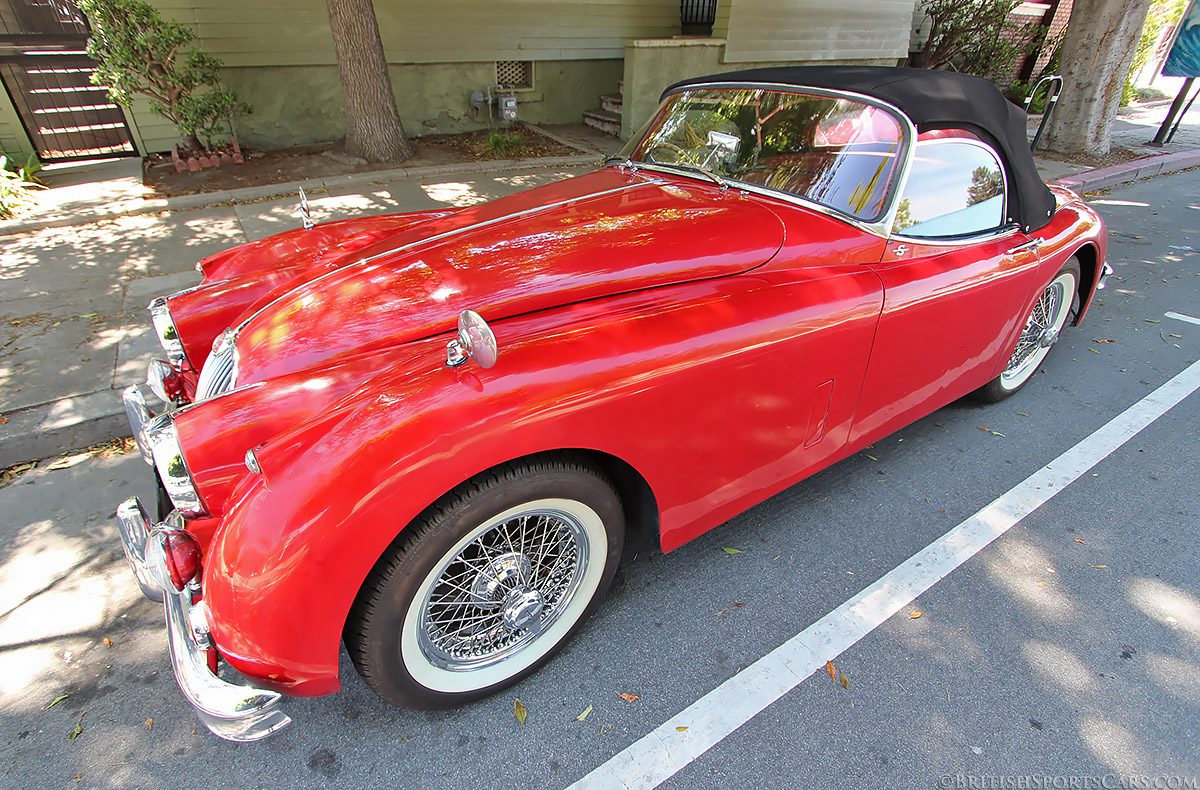
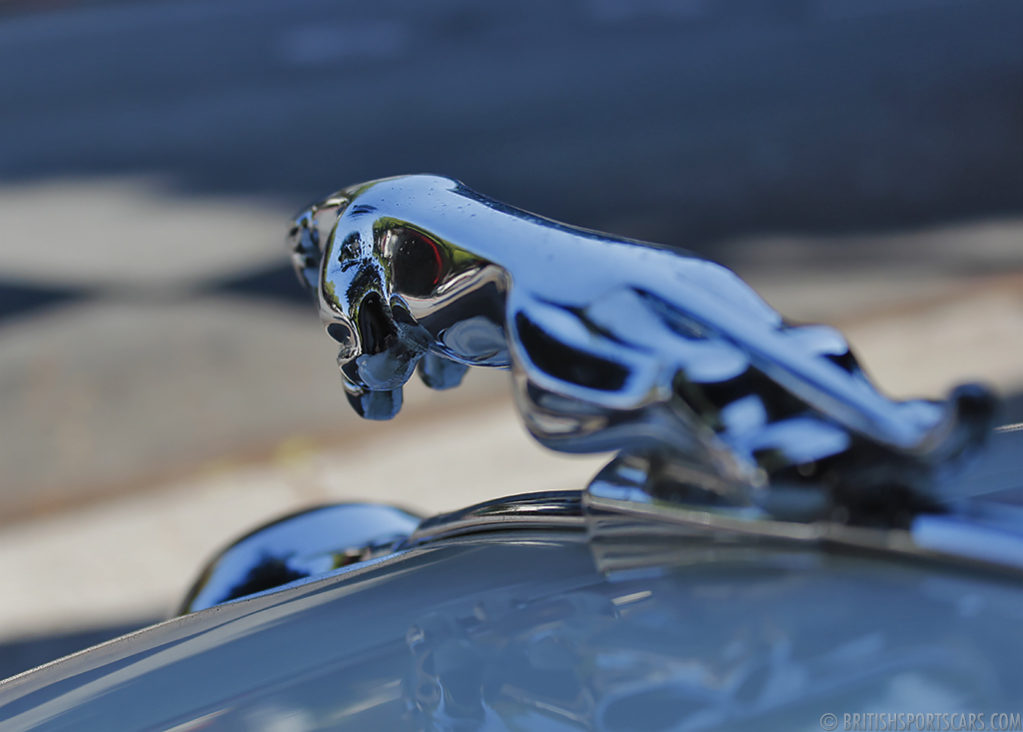
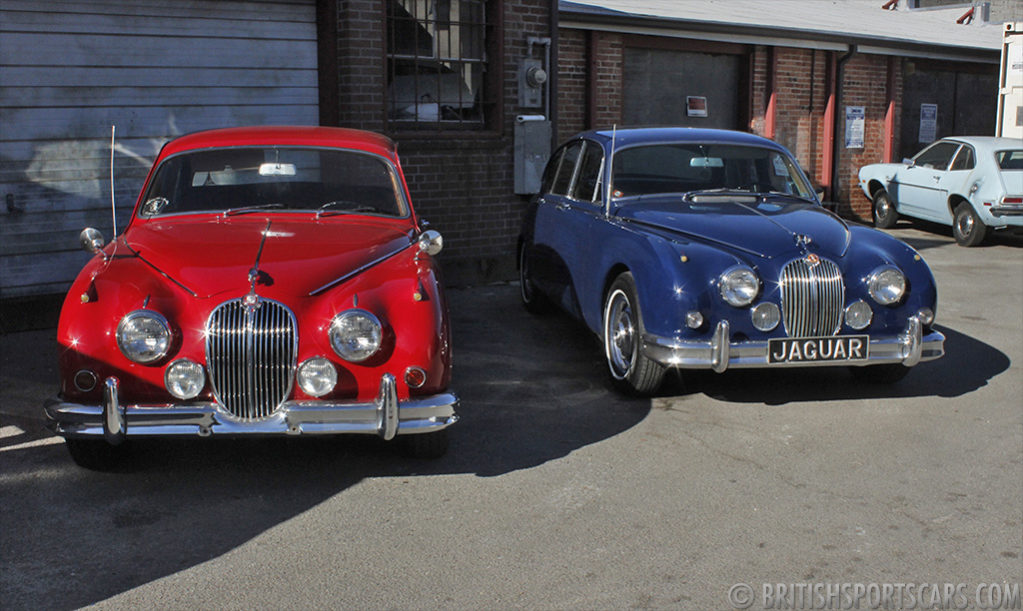
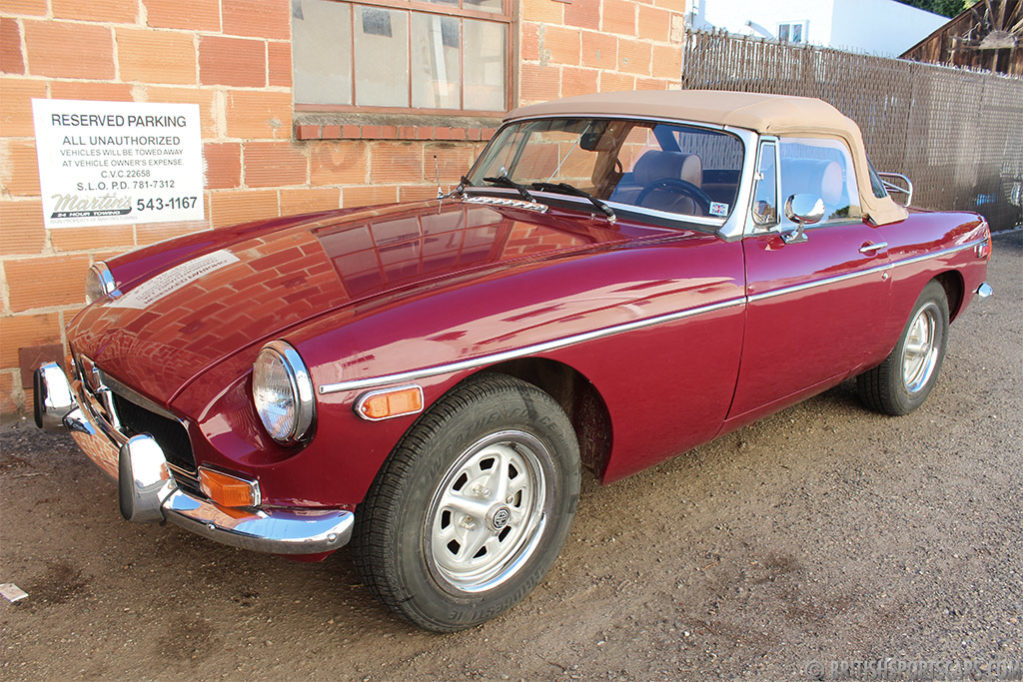
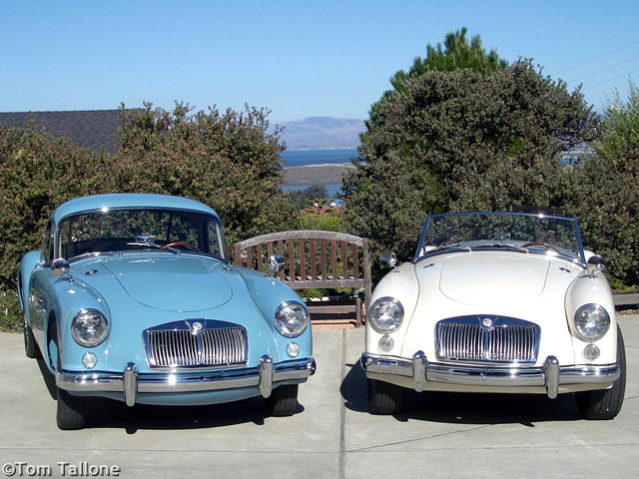
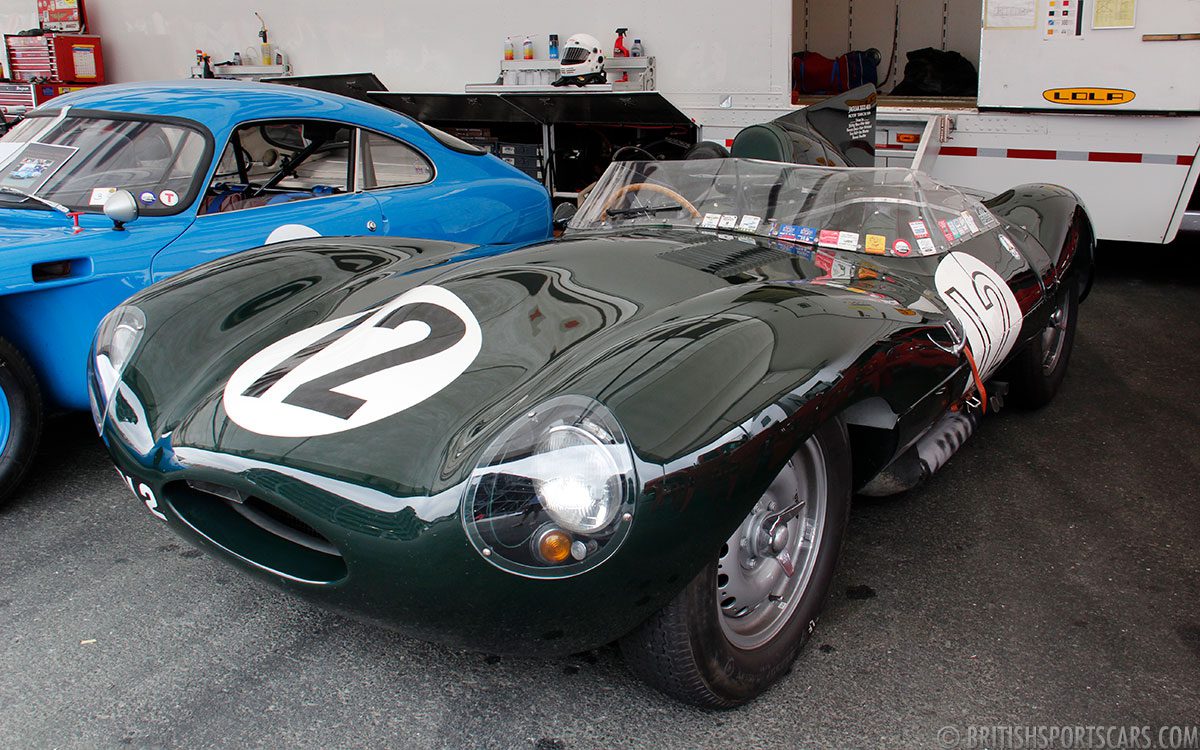
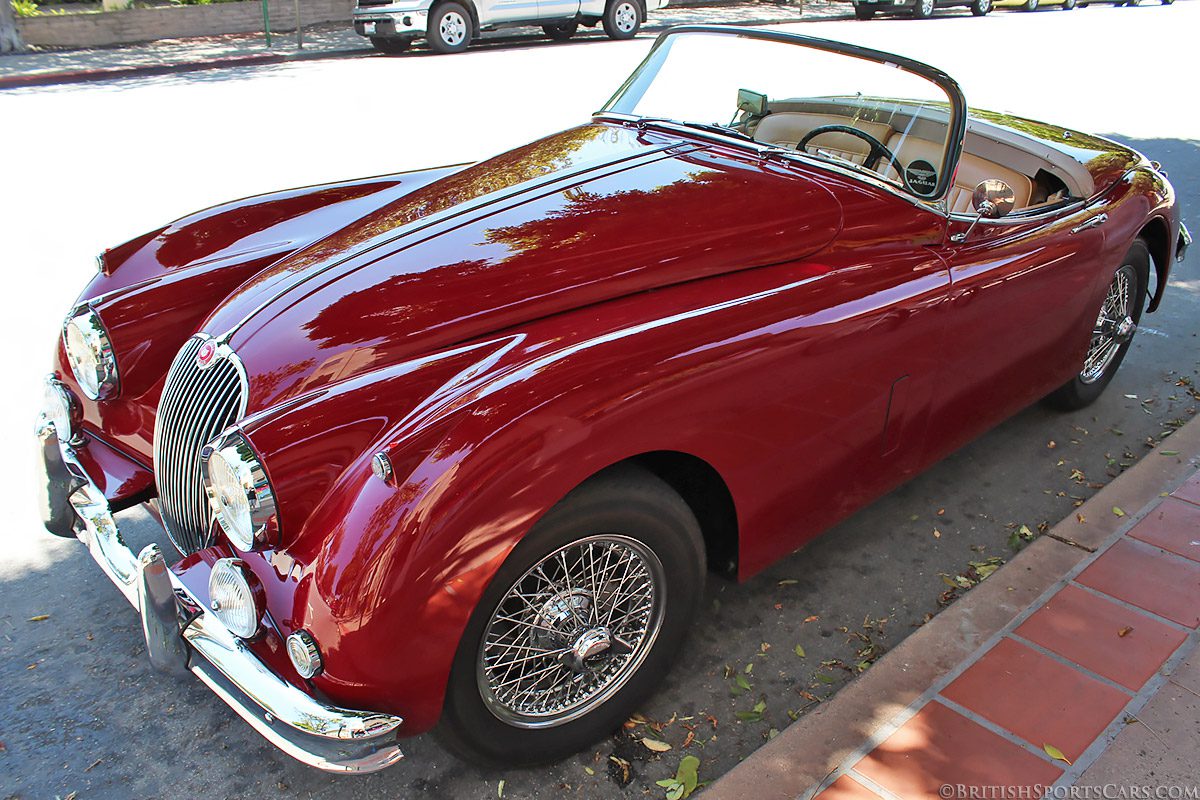
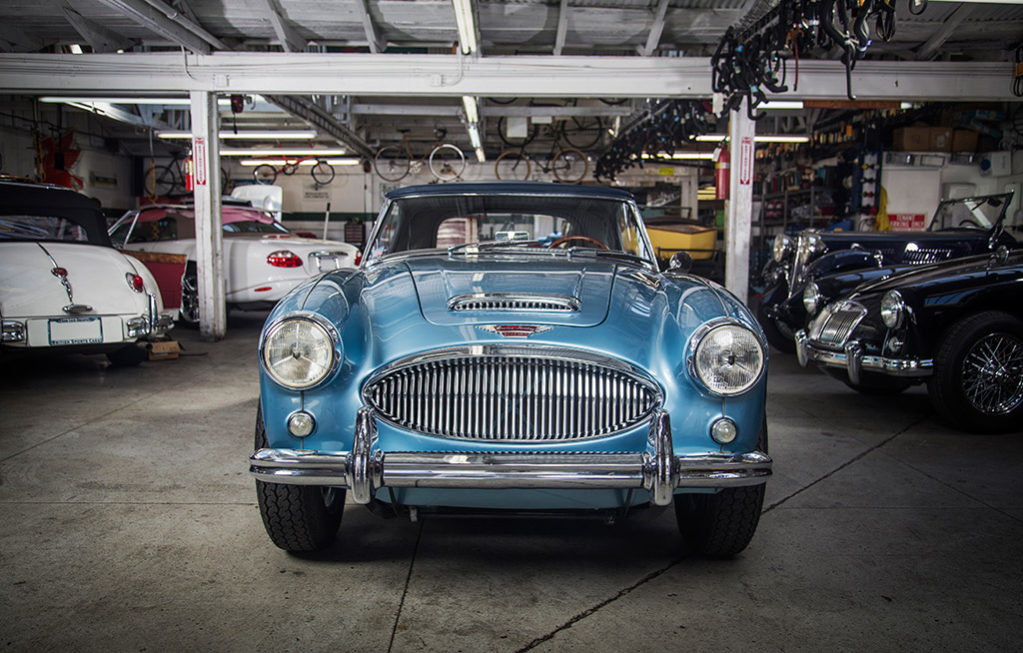

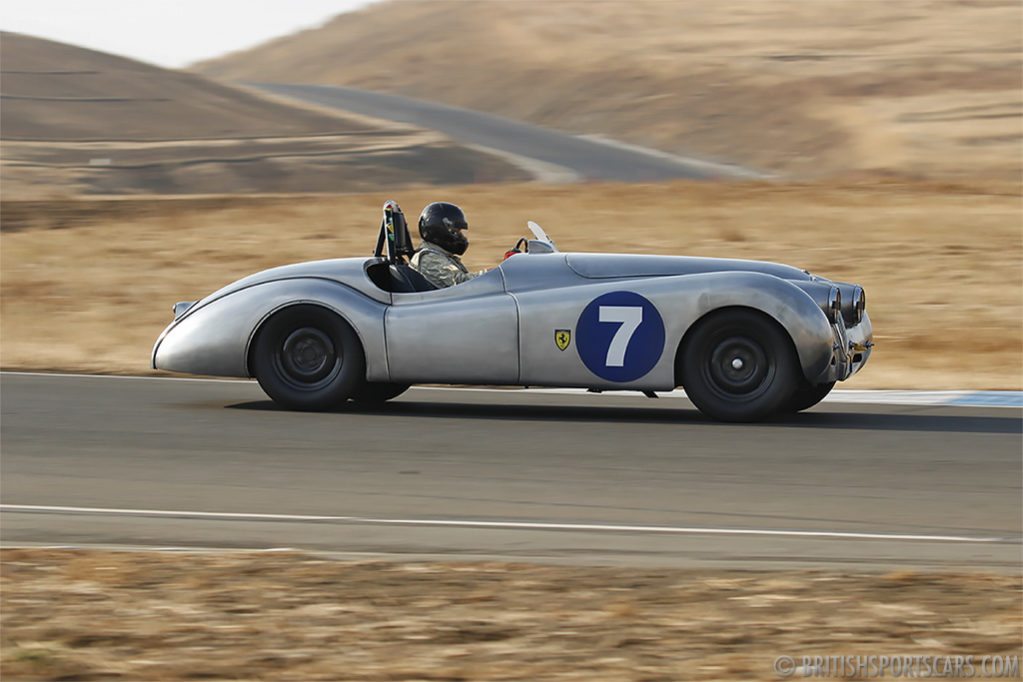
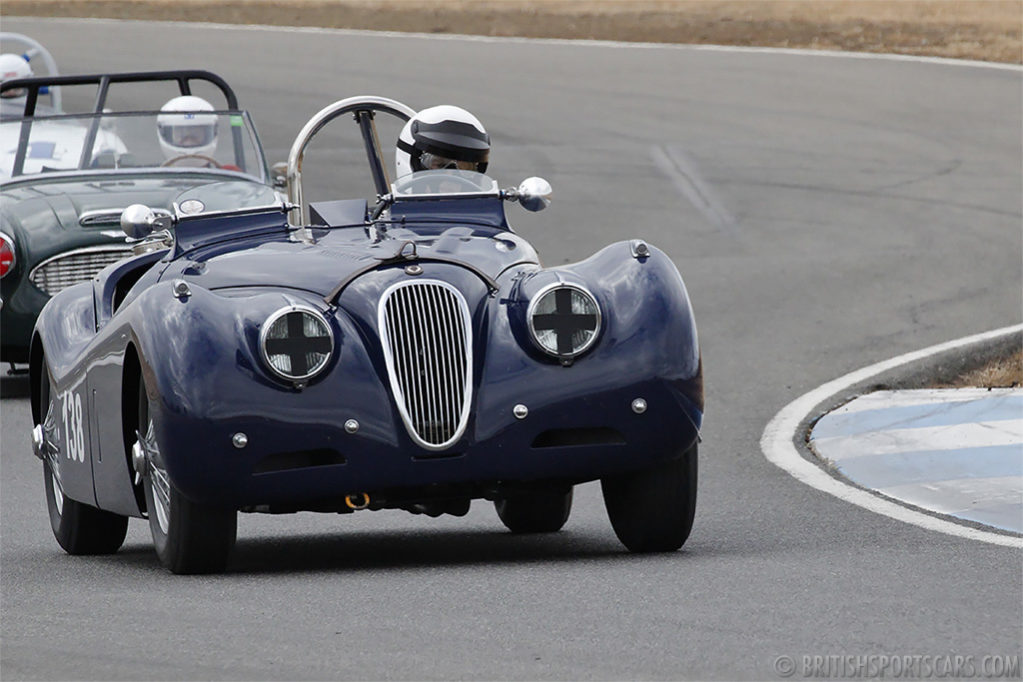
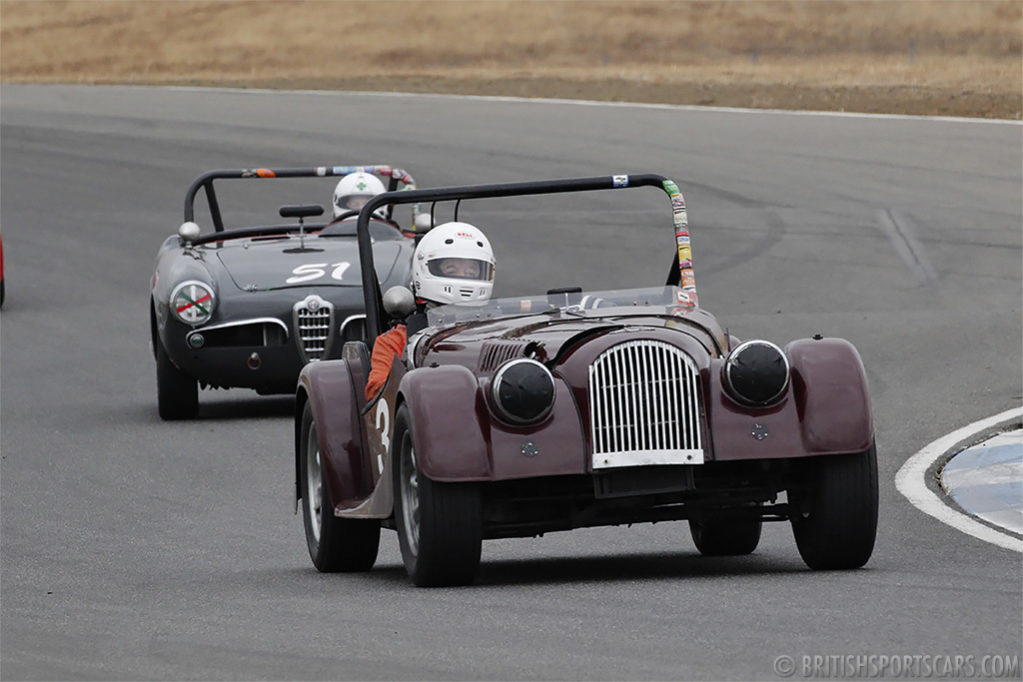
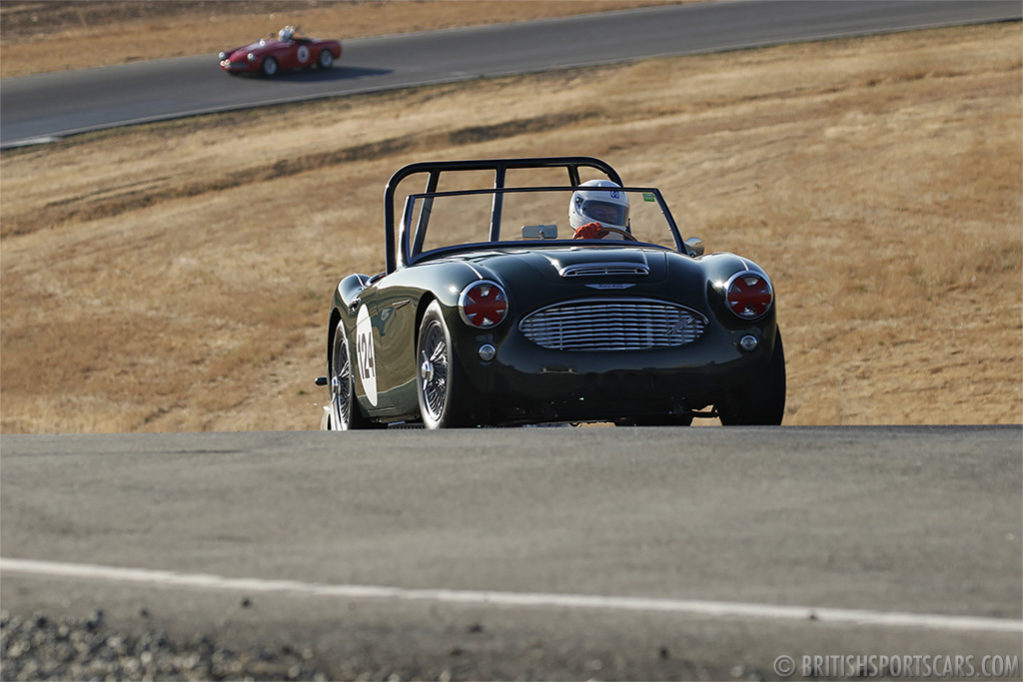

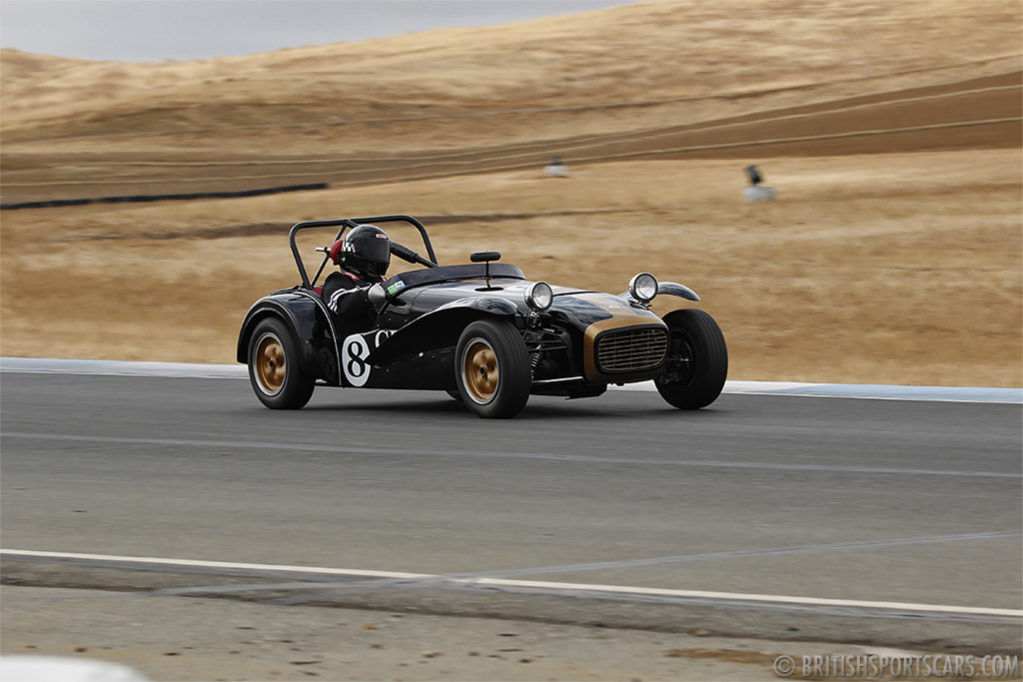
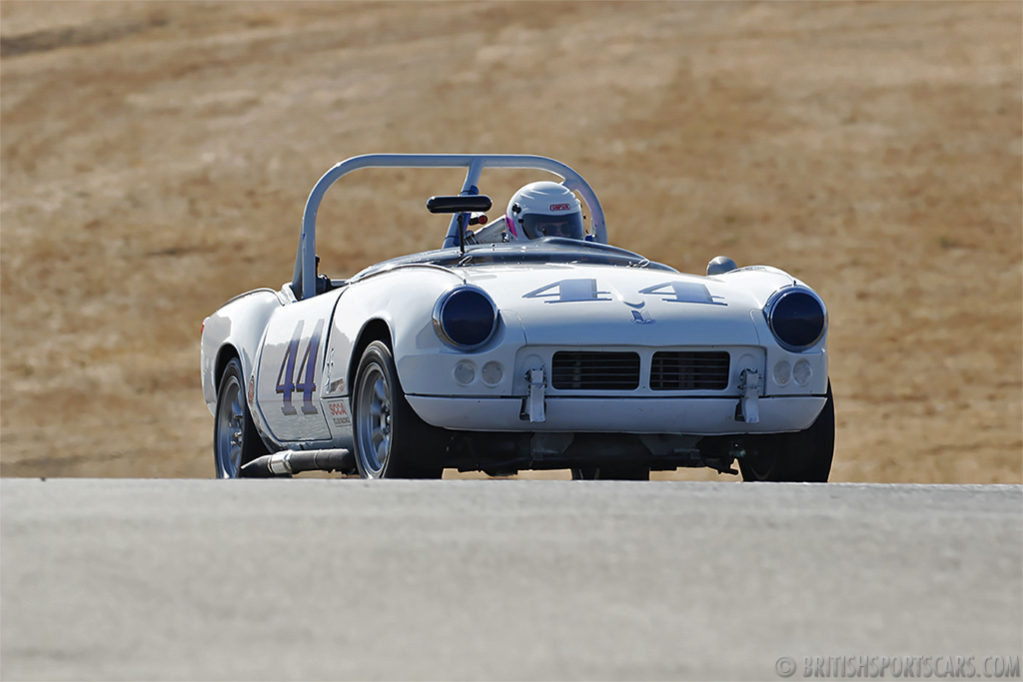
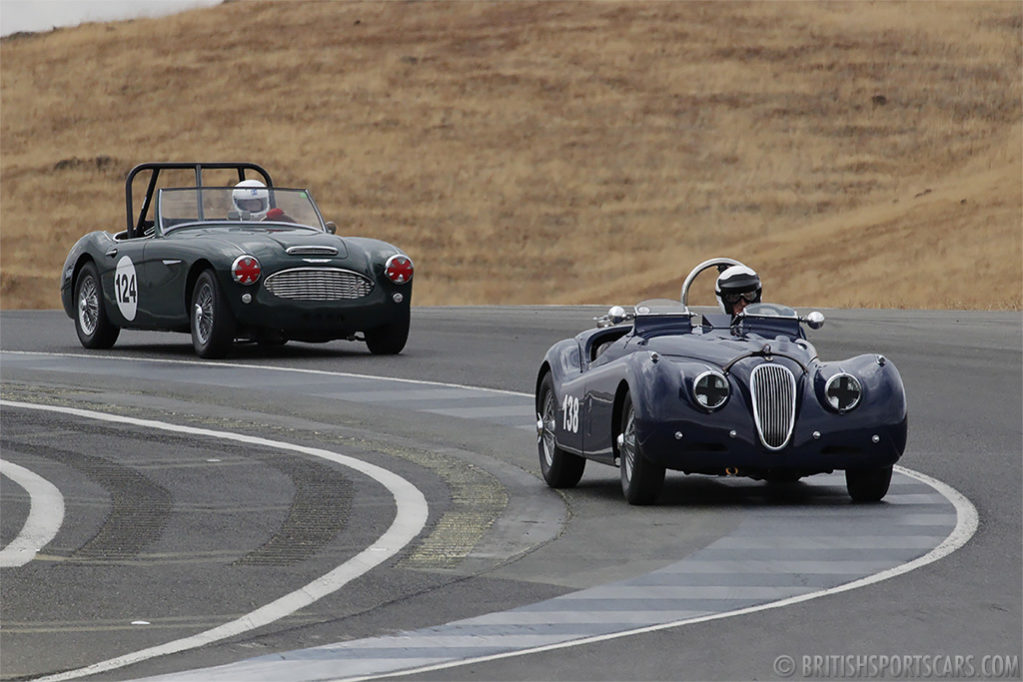

Super blog! Fantastic
Love the article! British sportscar are head turners. I had a friend who had an MG, always tooling around on it. Classic cars need a classy garage, or at least a well laid out and organized garage. Availability of tools, ease of cleaning, security, good lighting, all contribute to the ease of ownership.